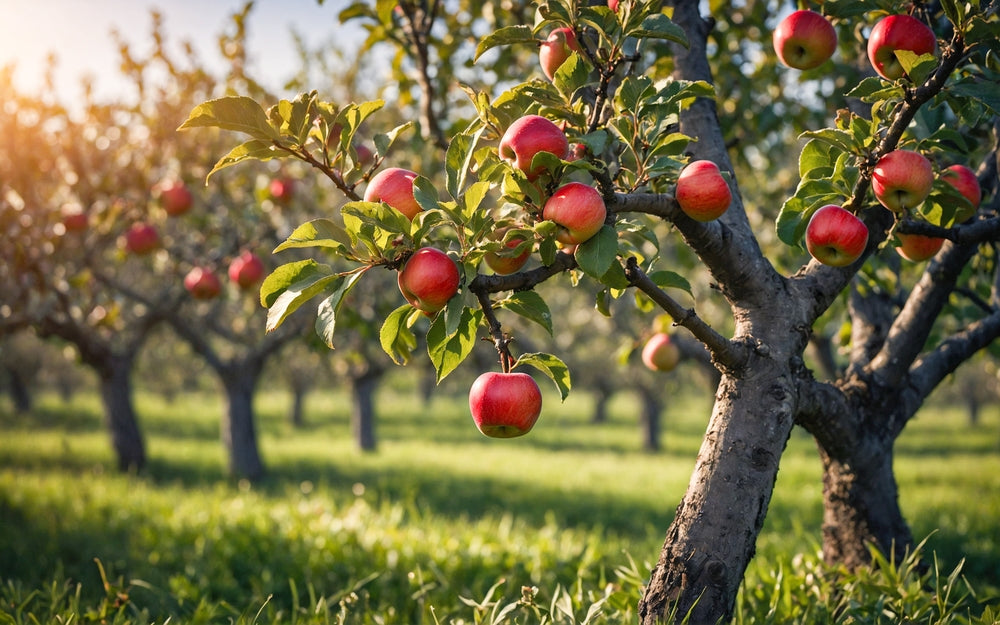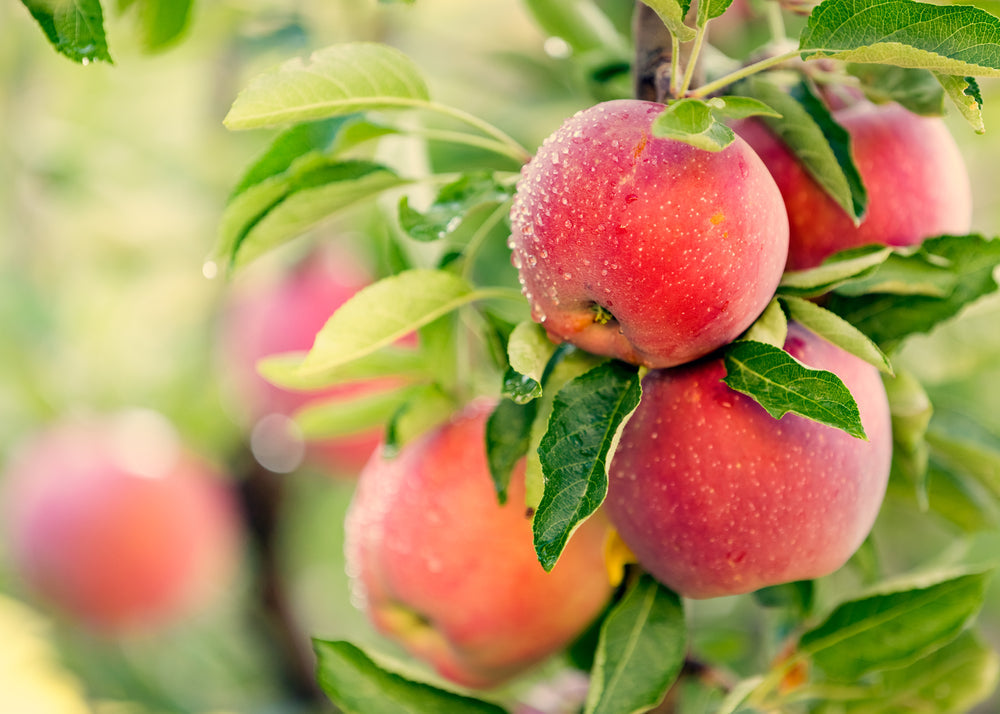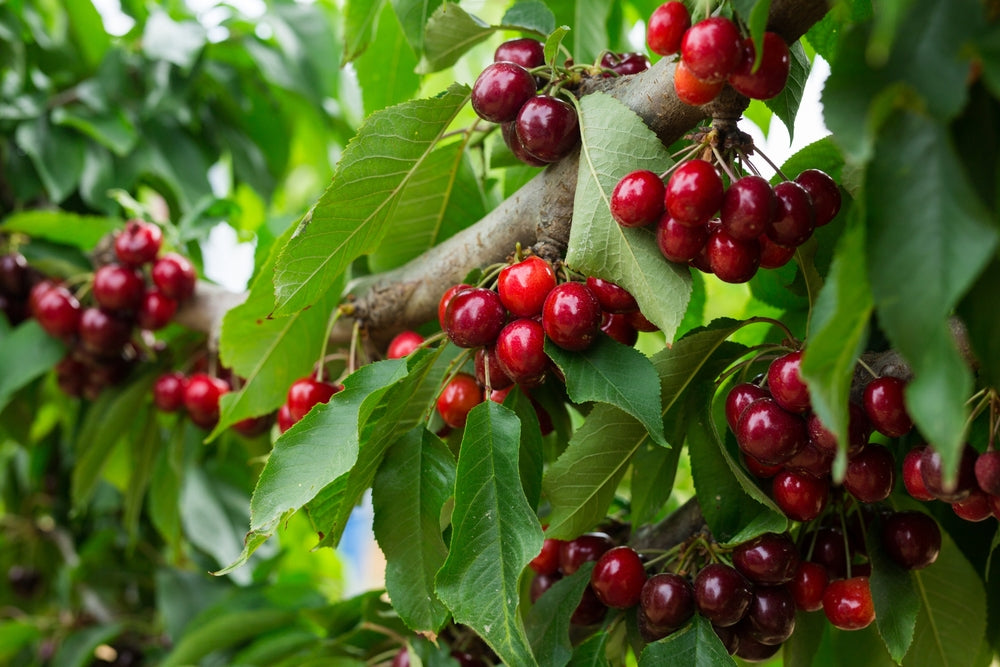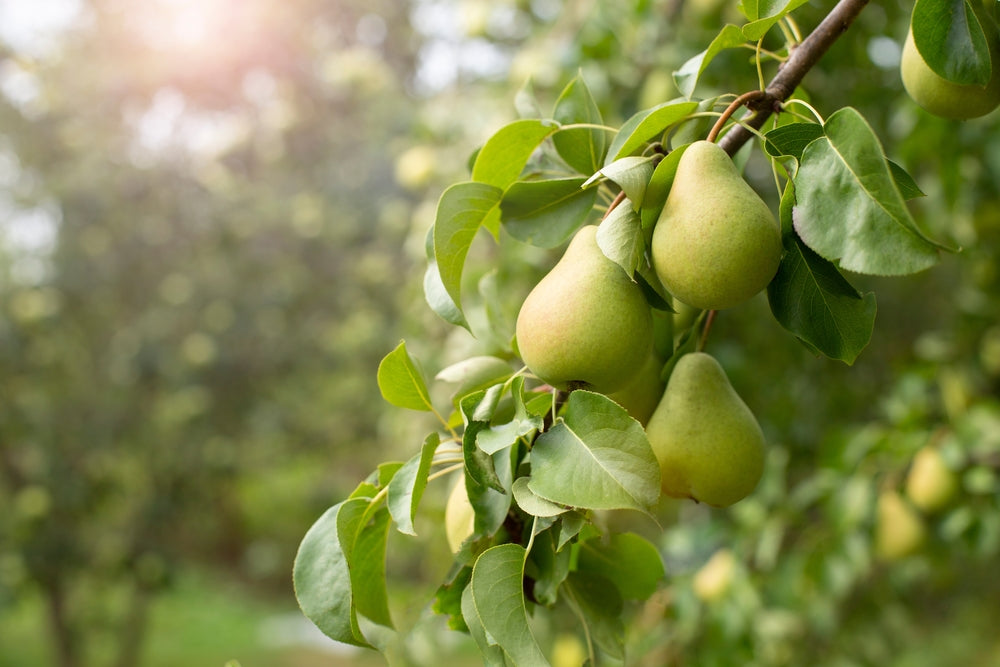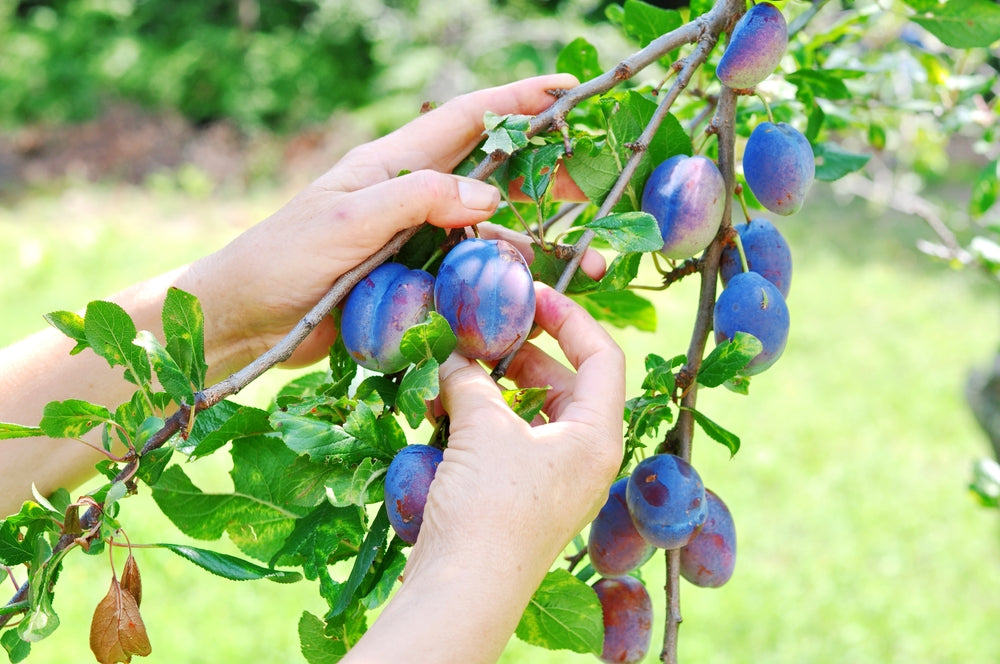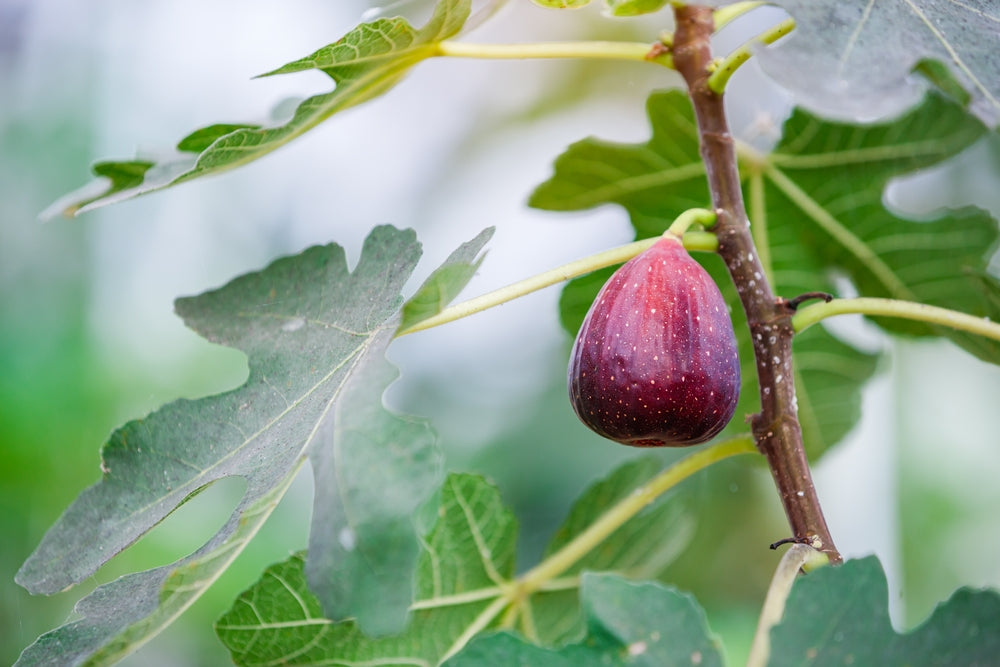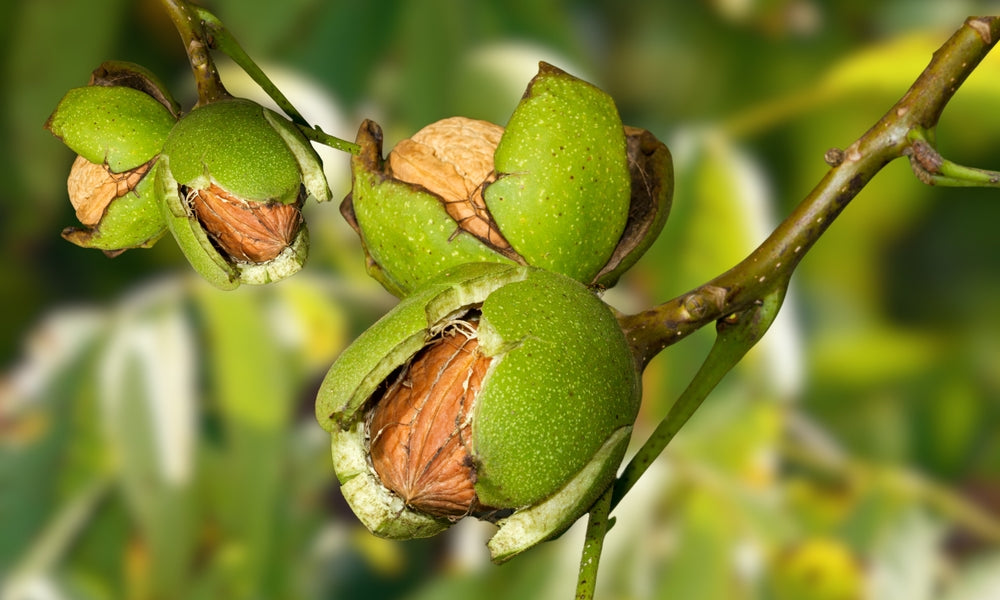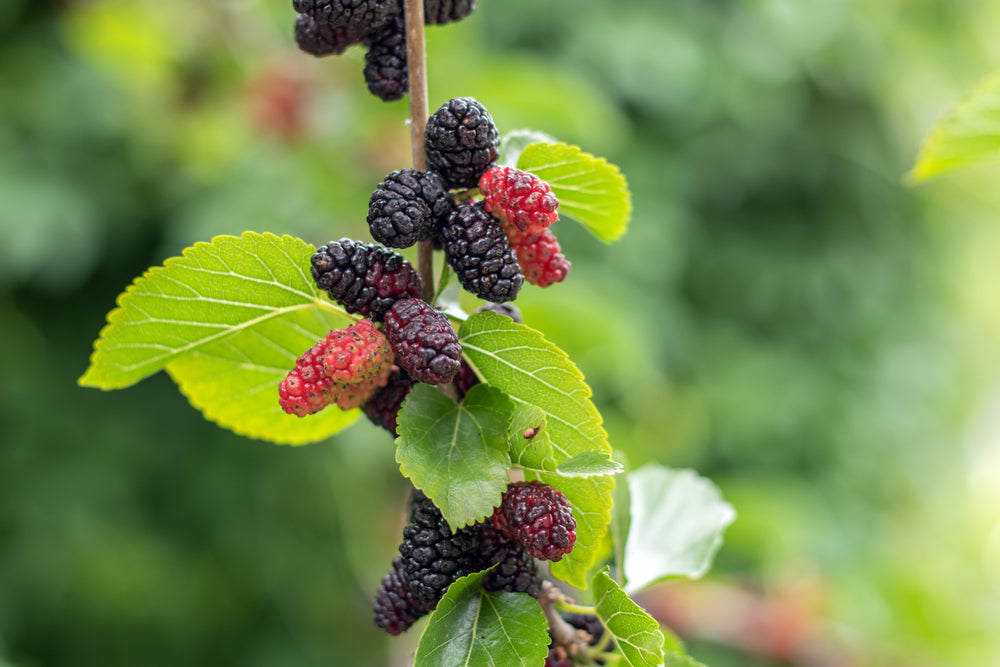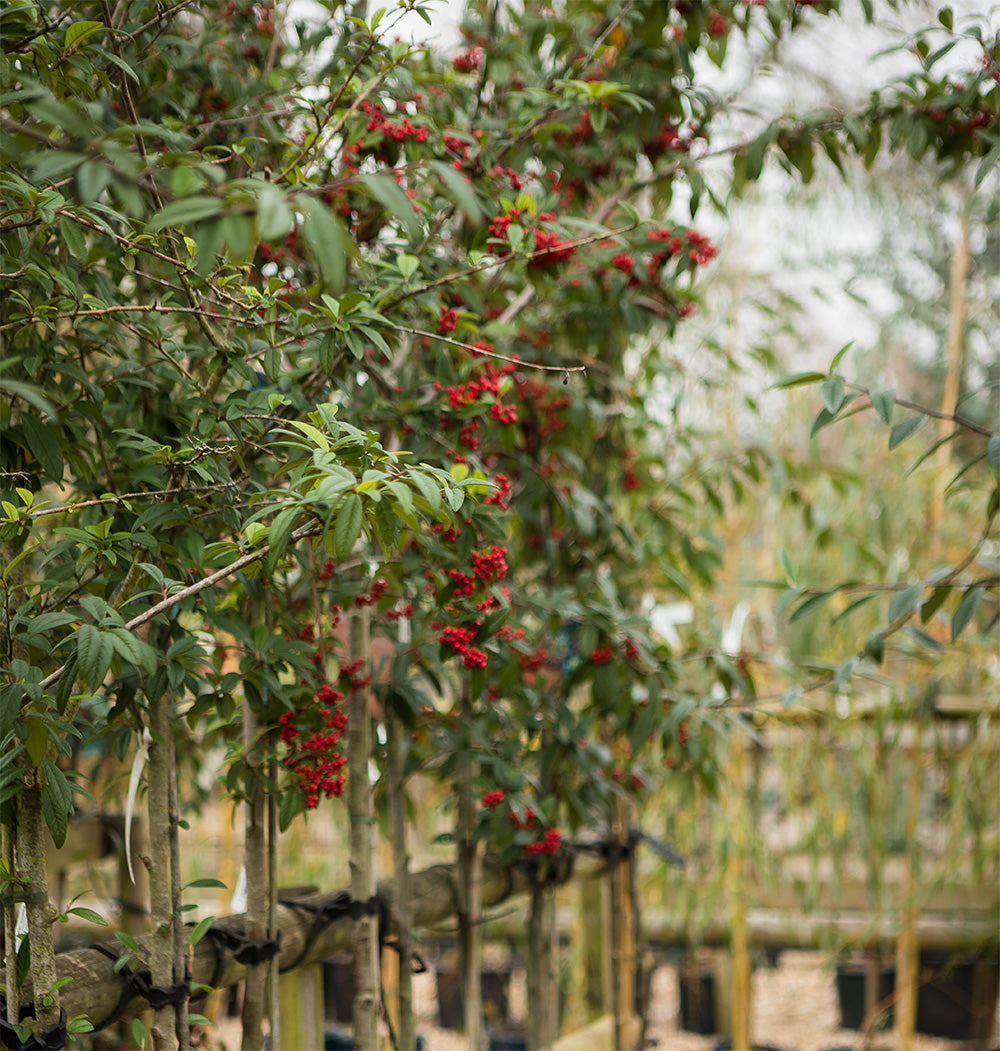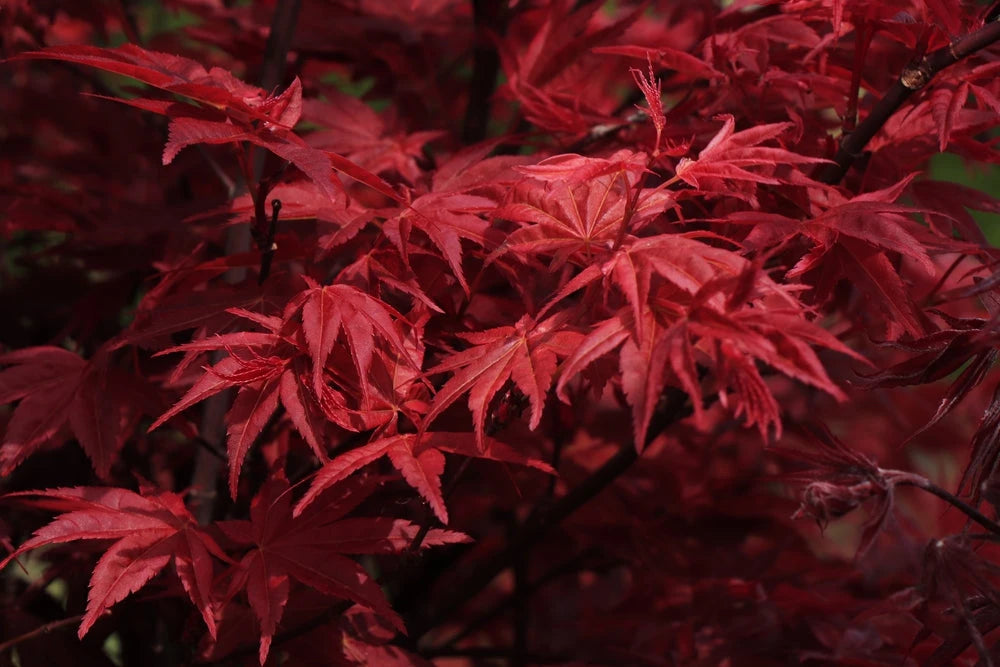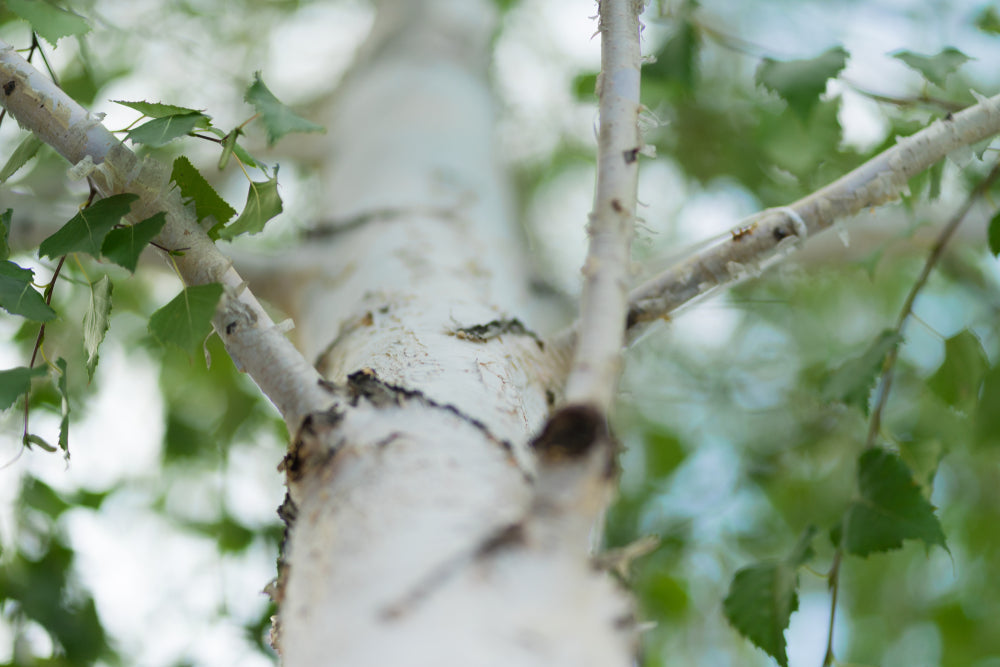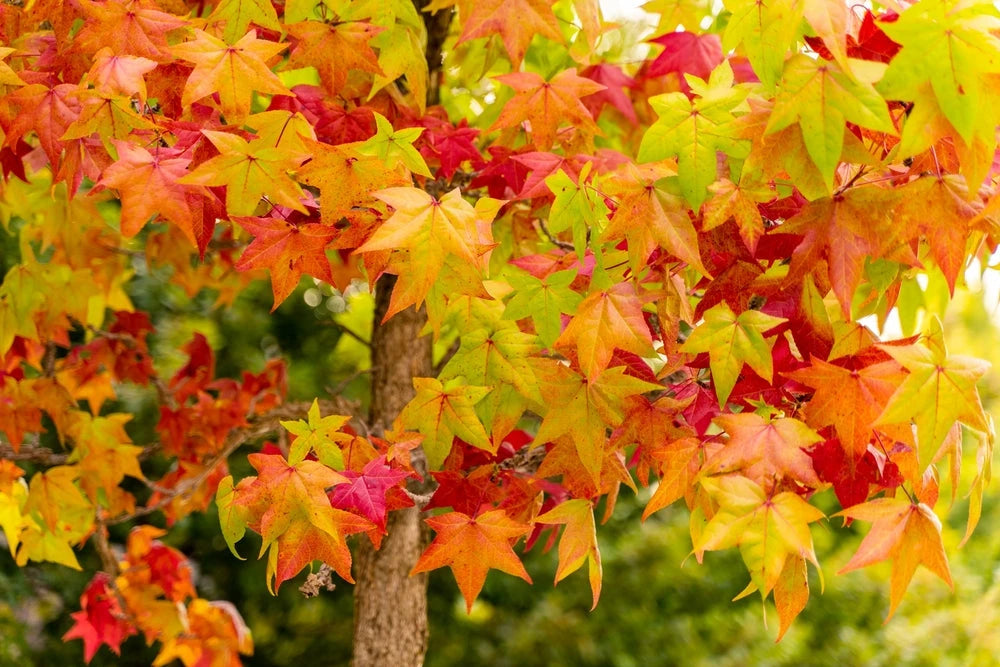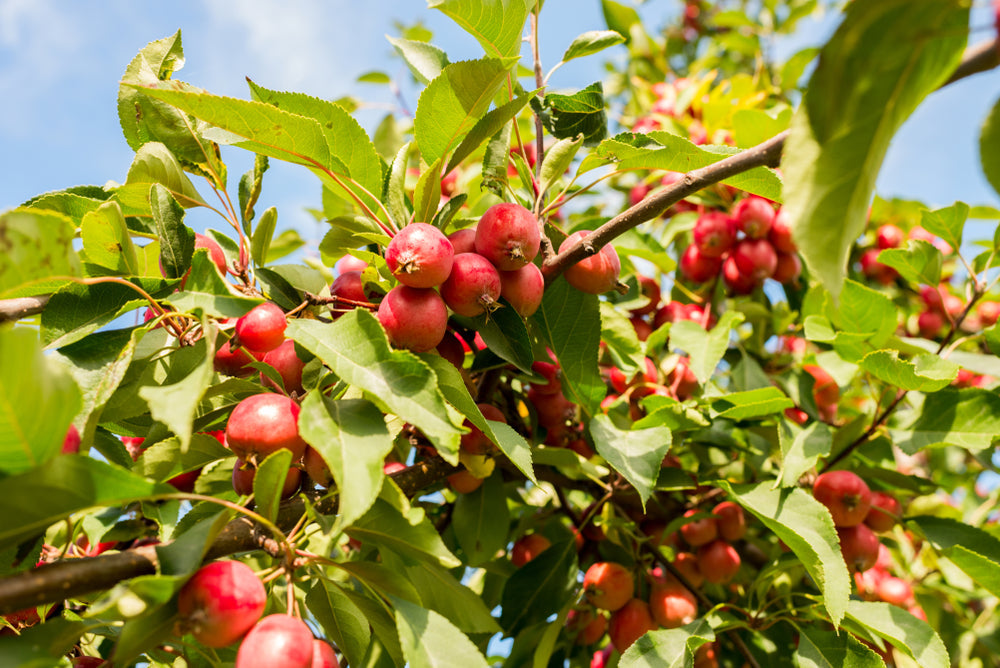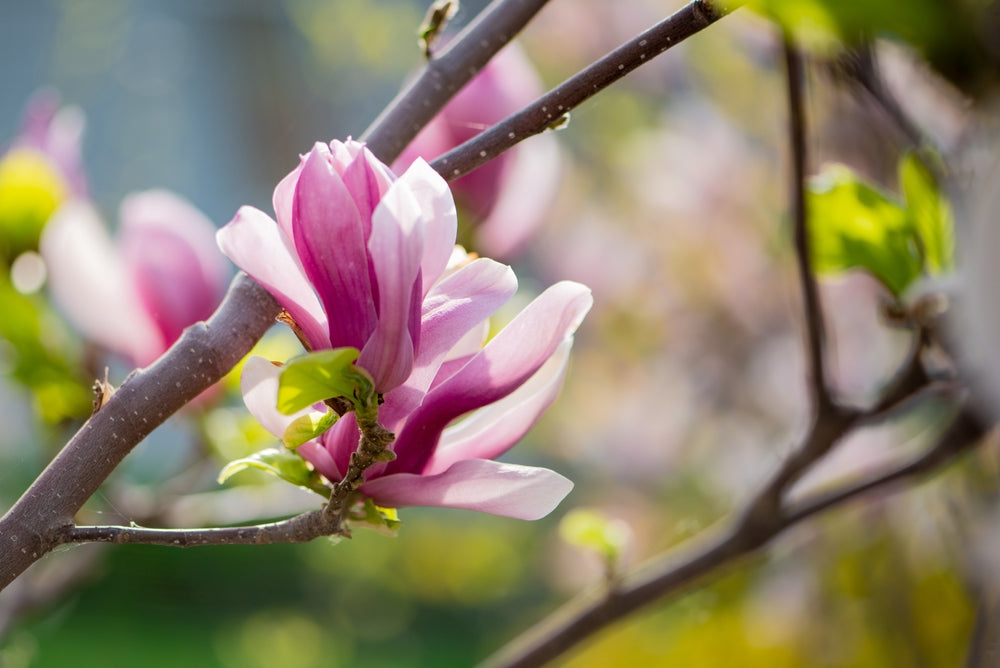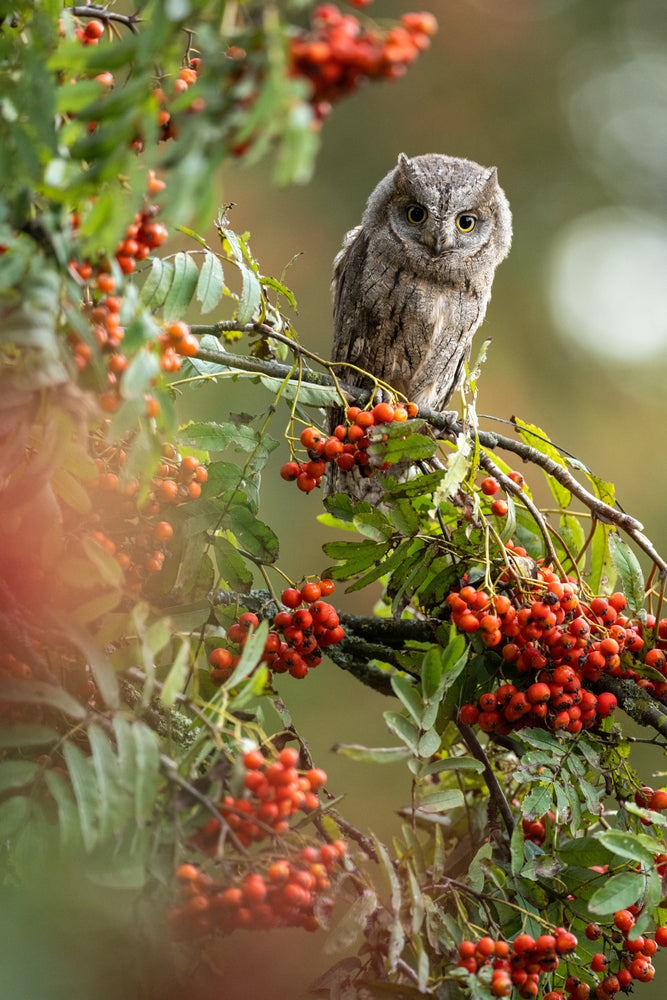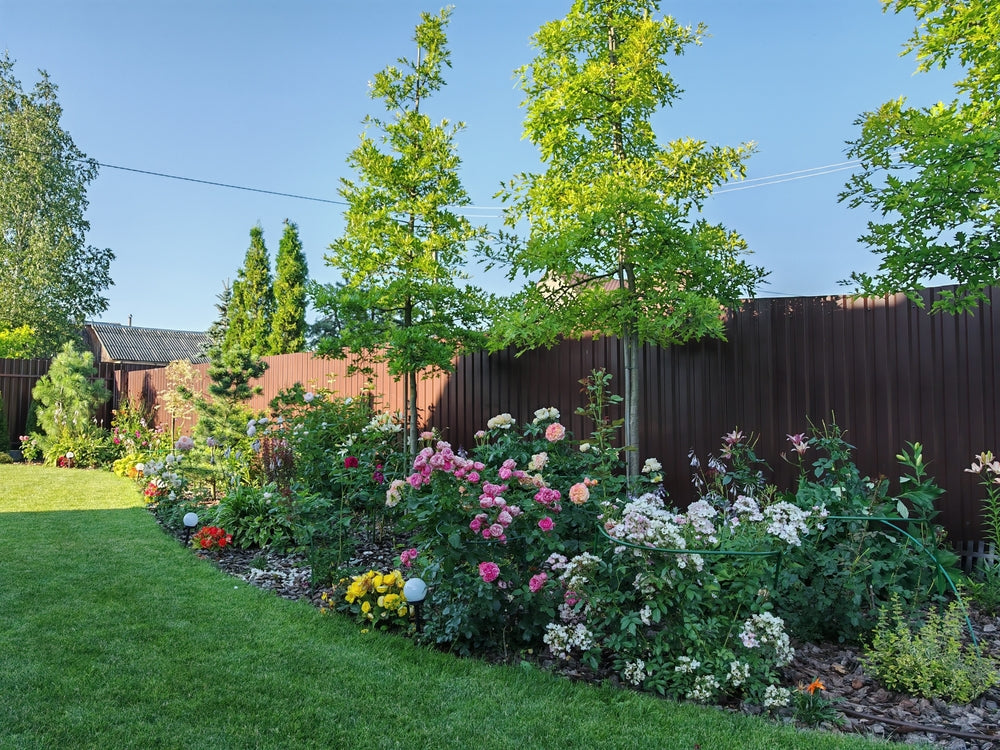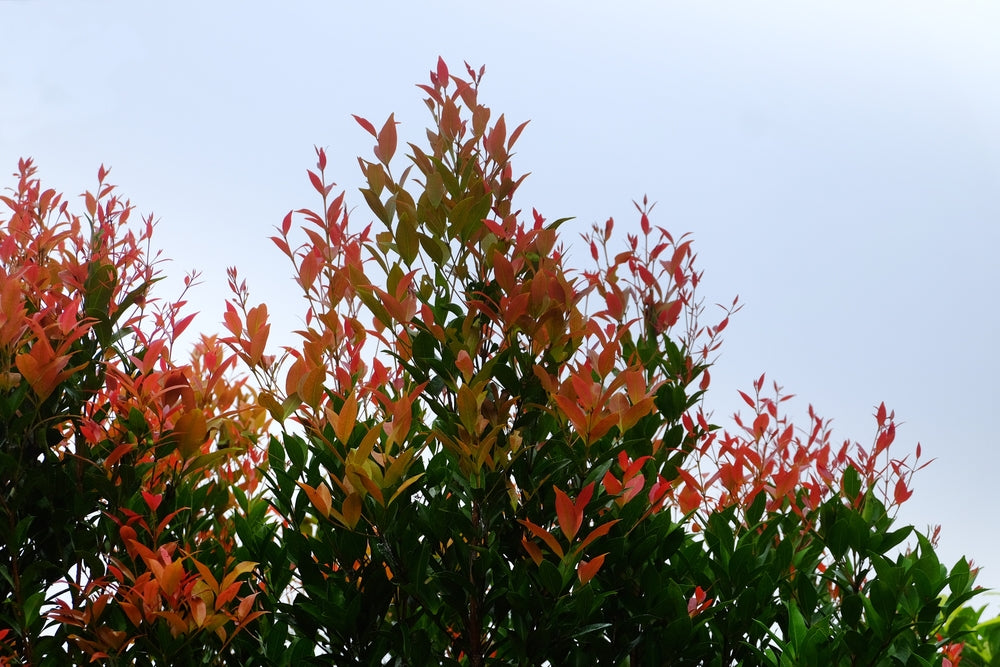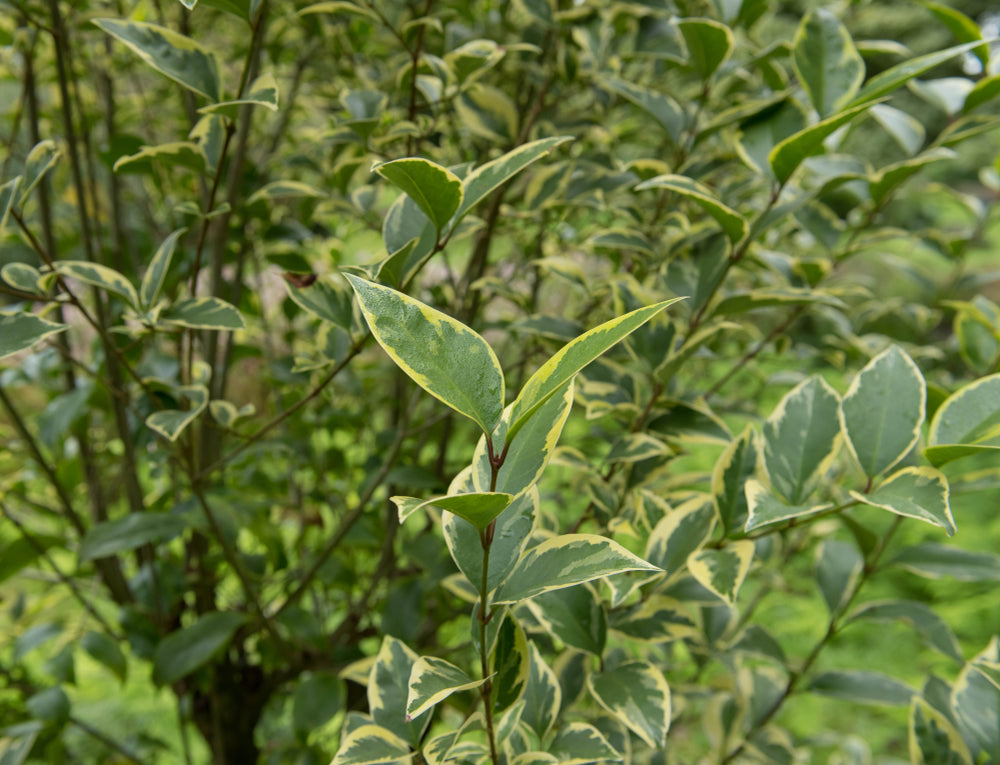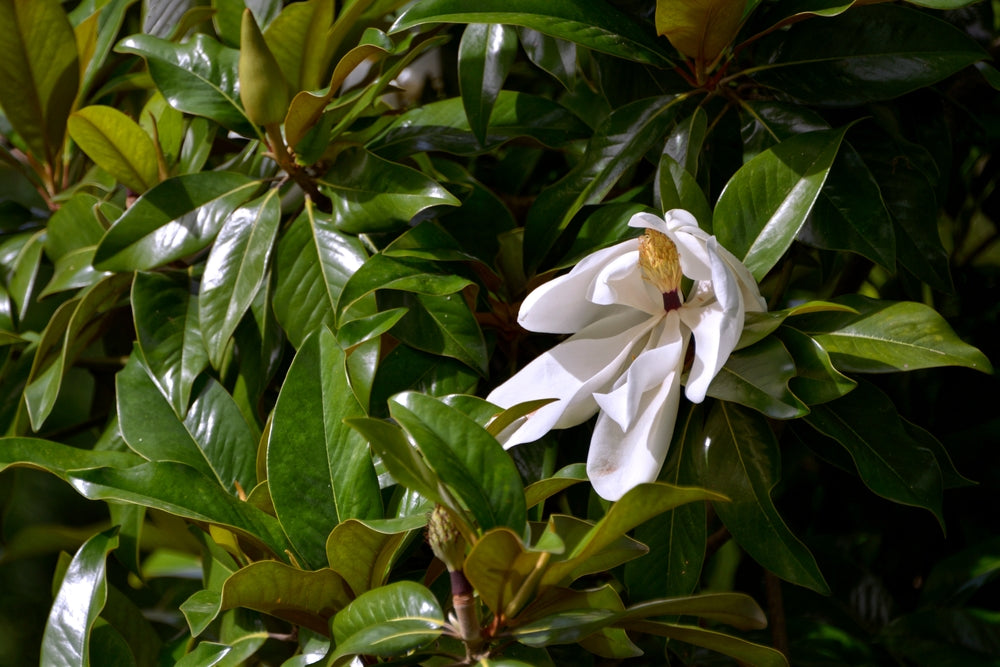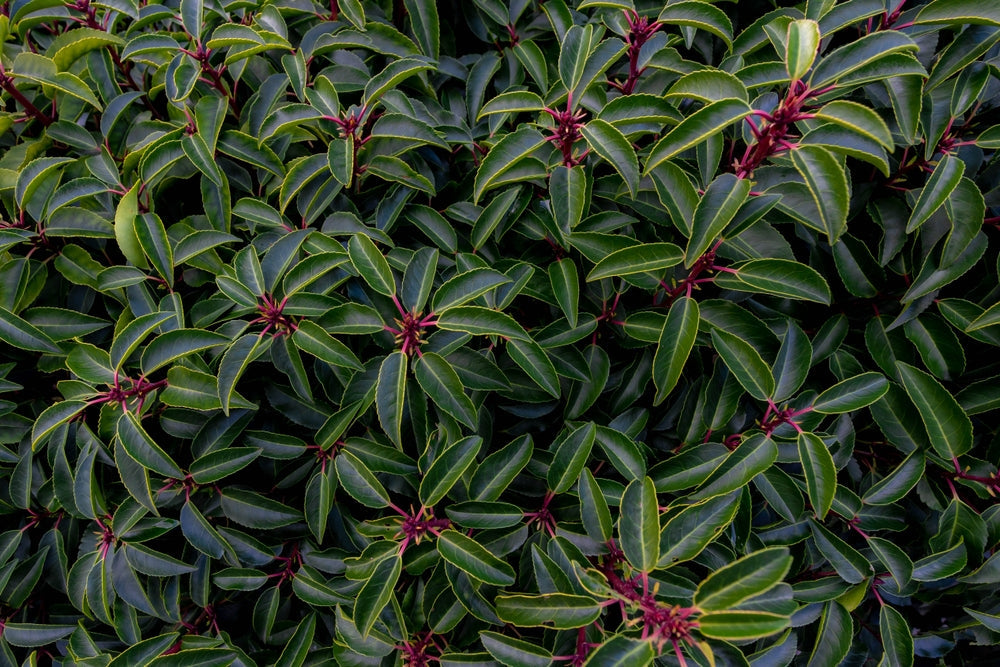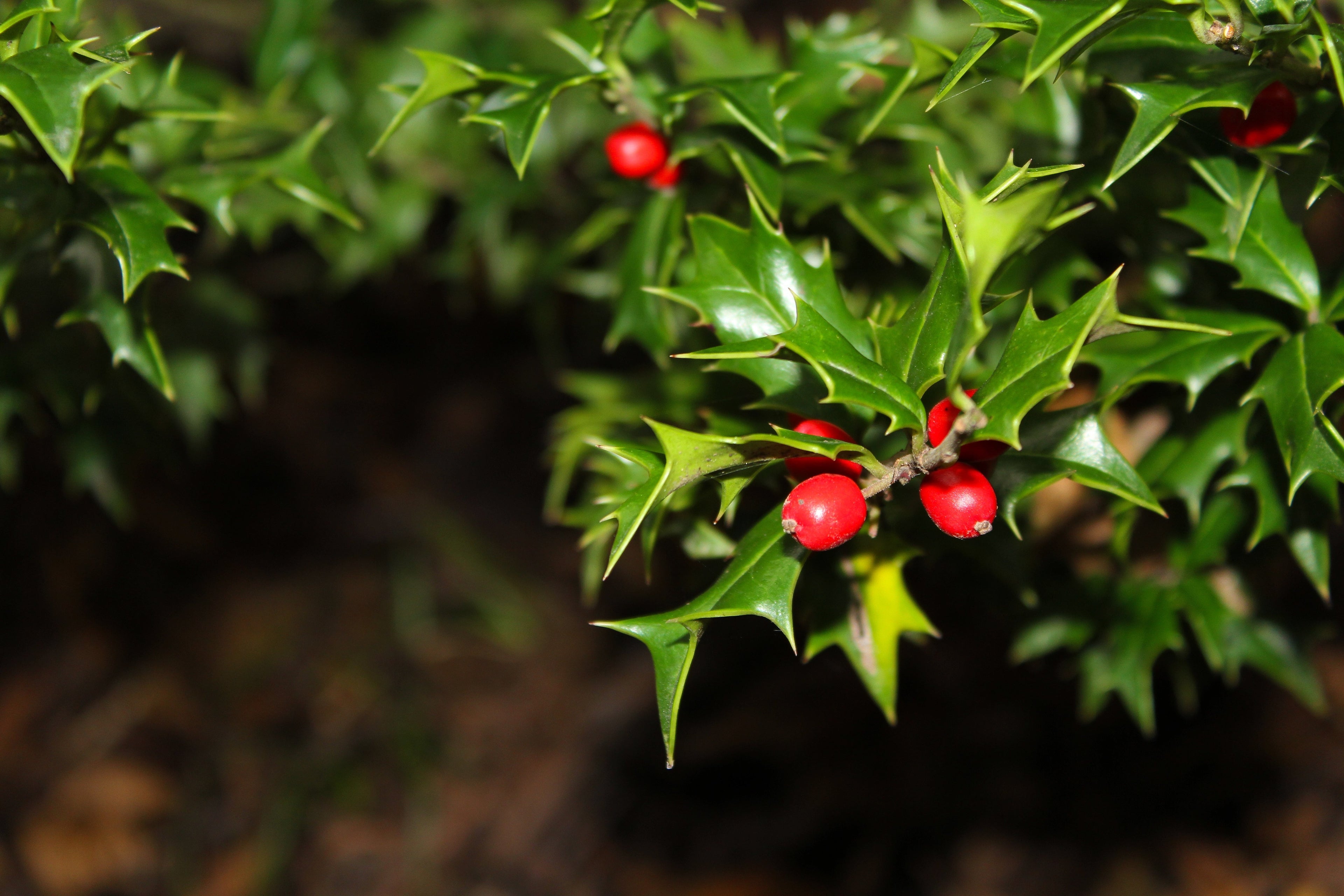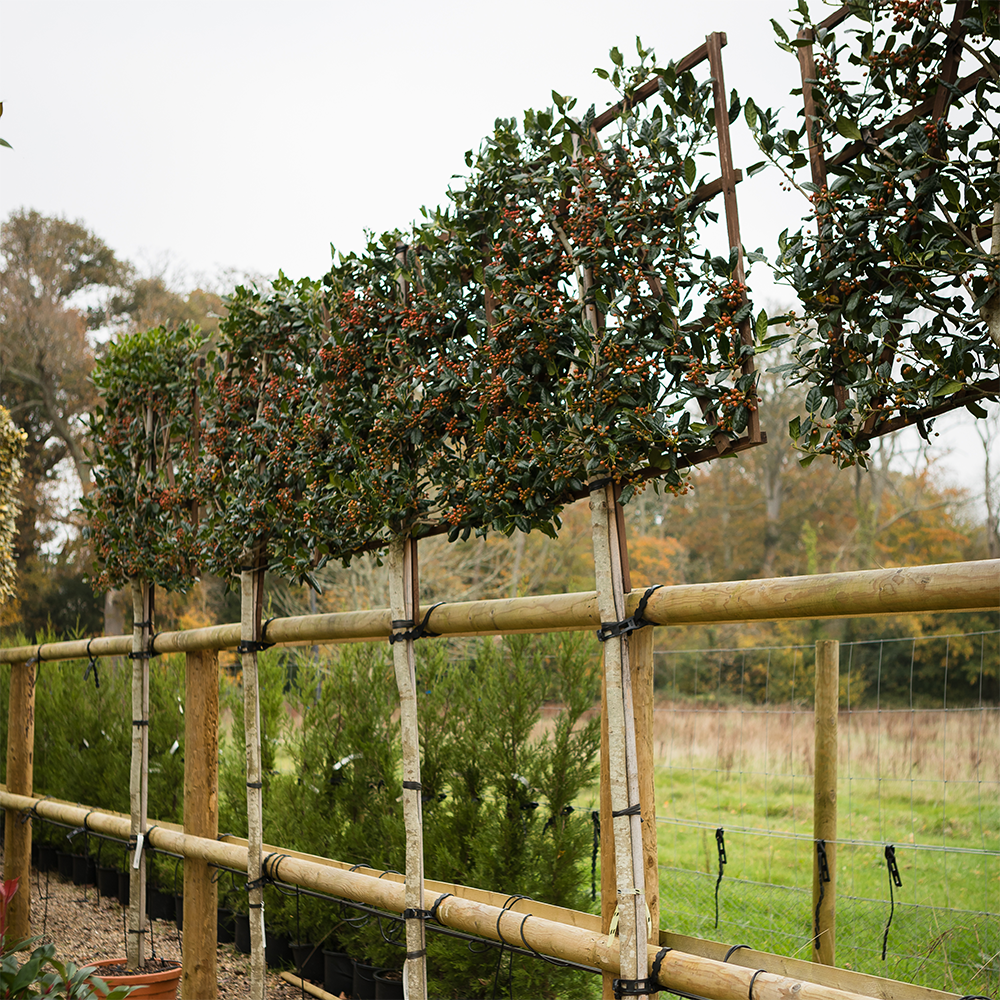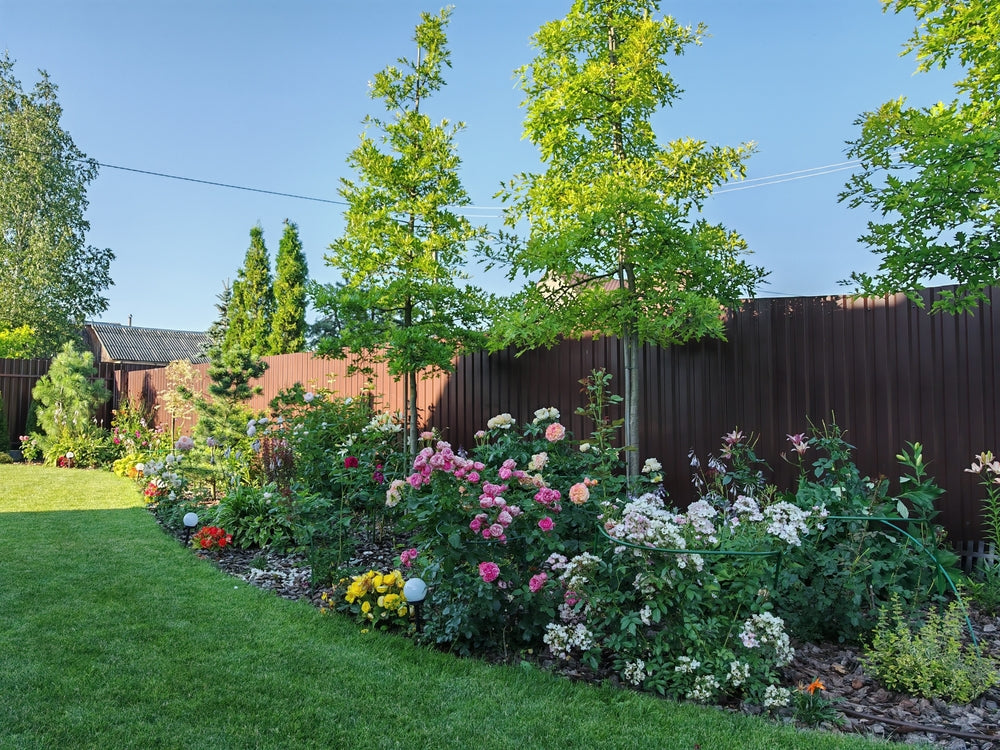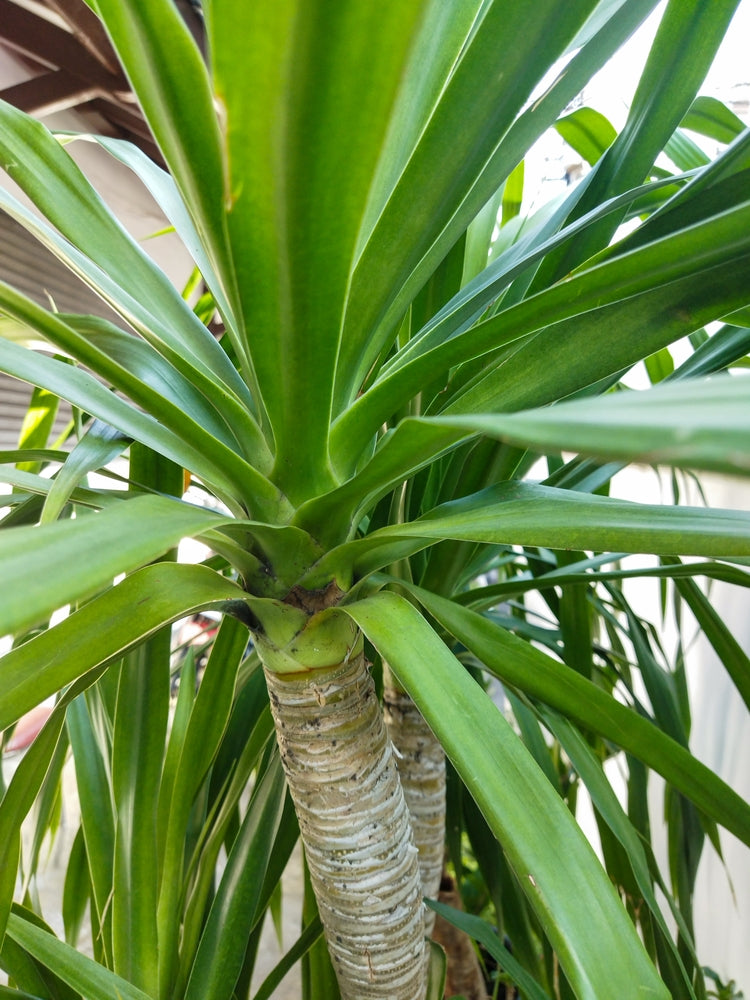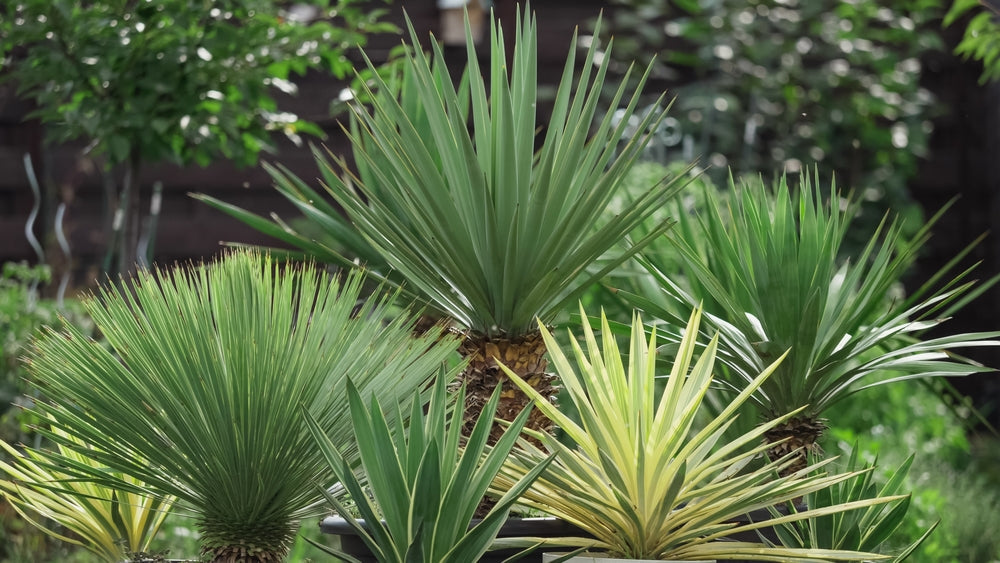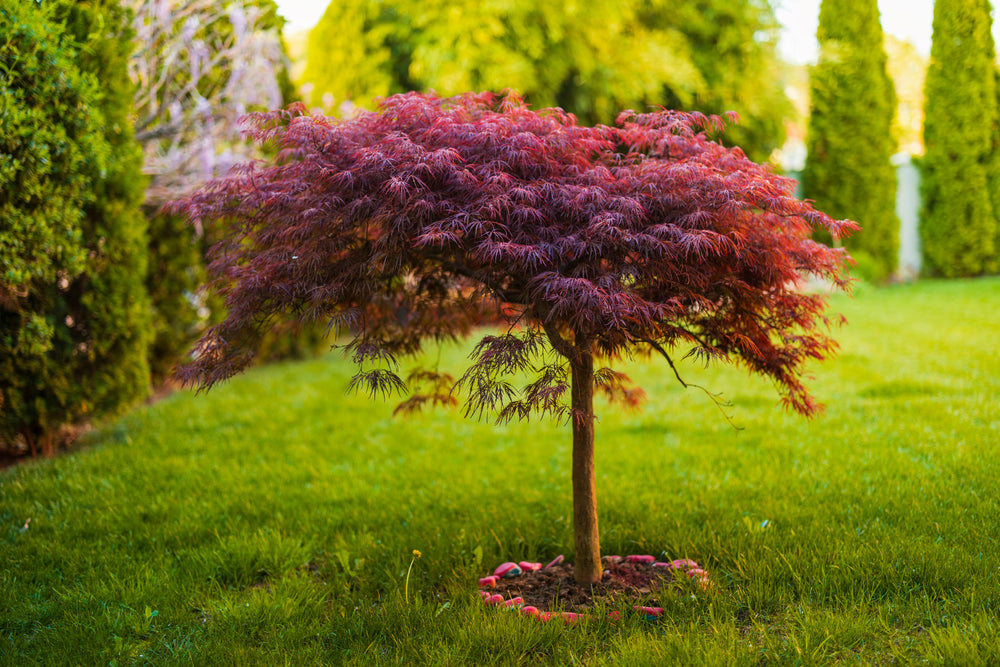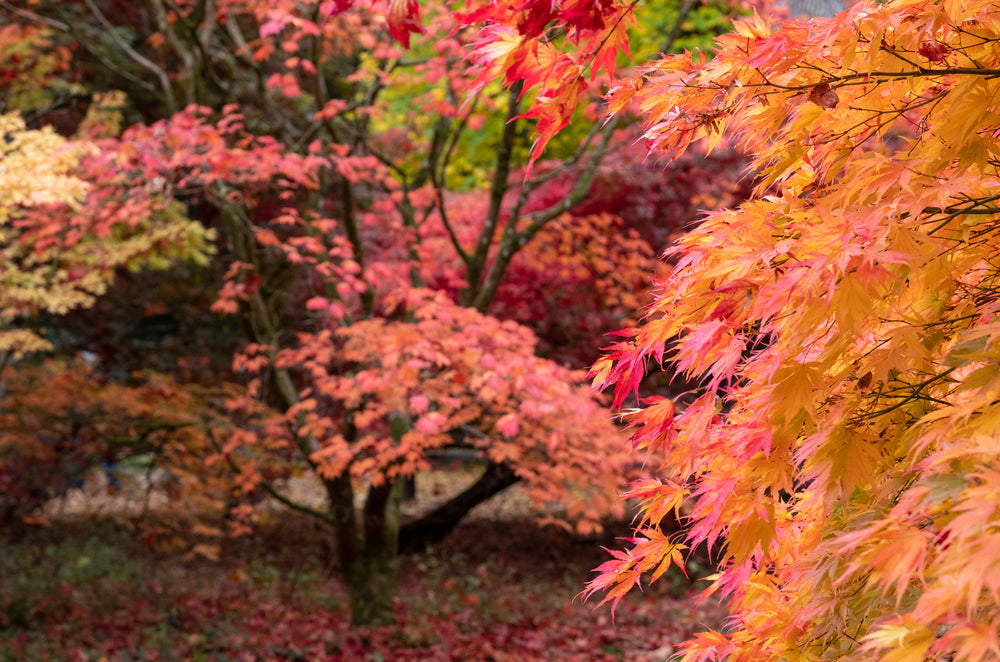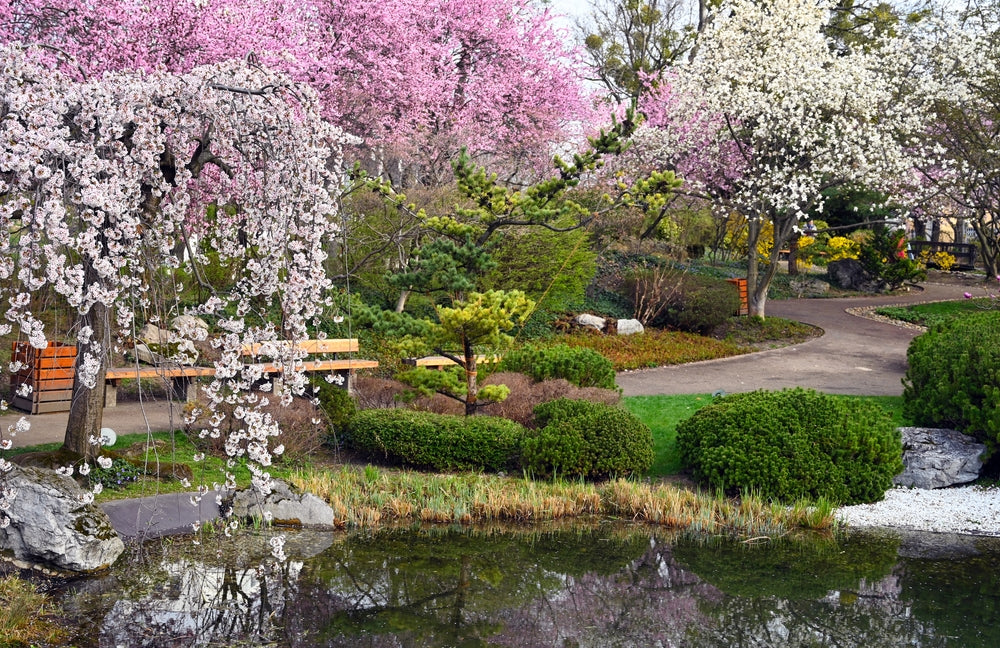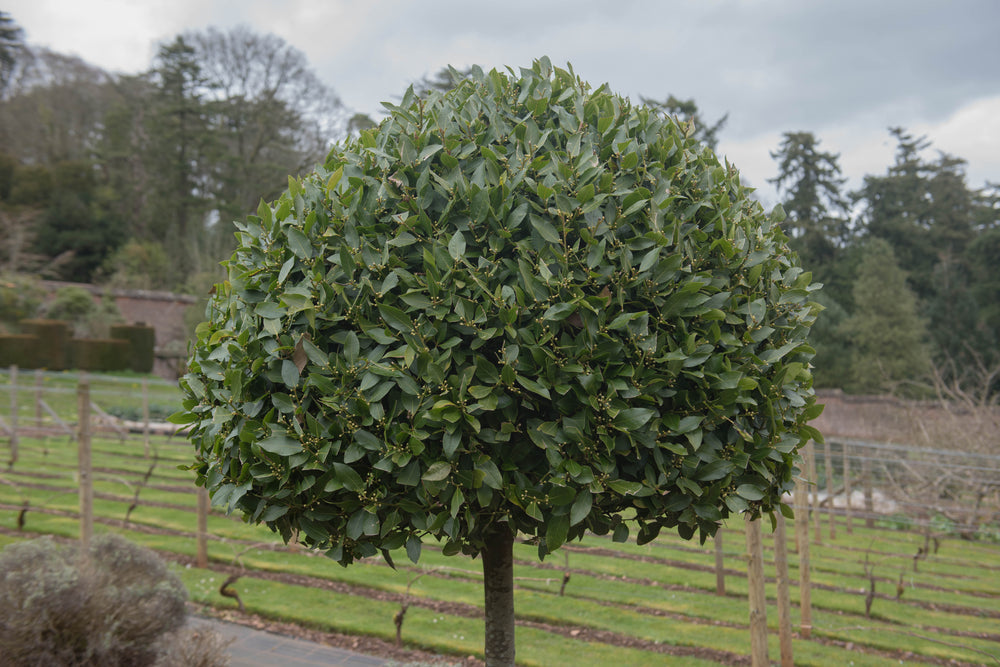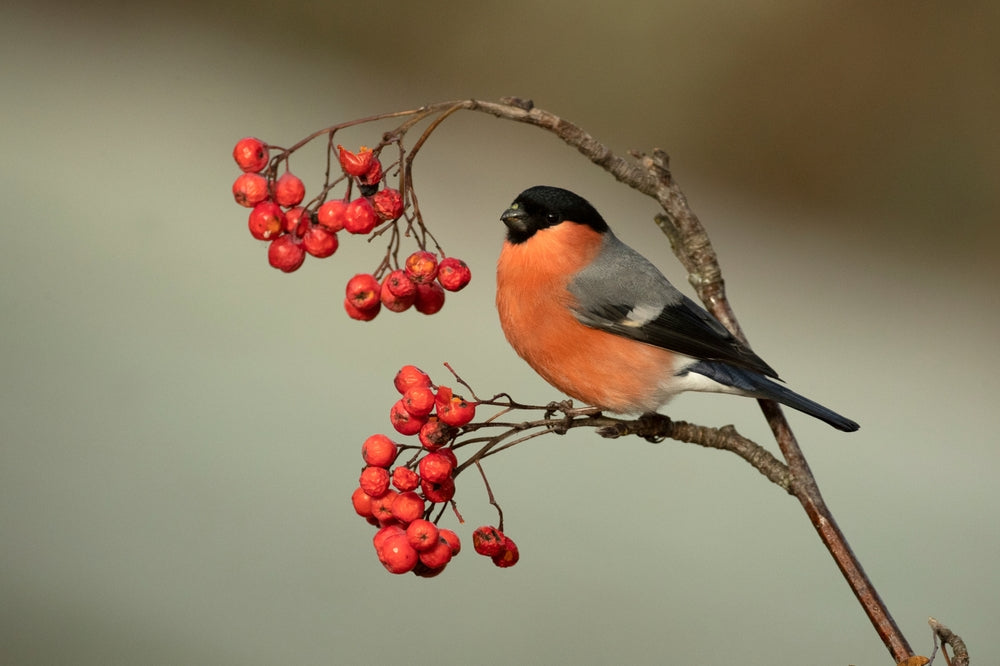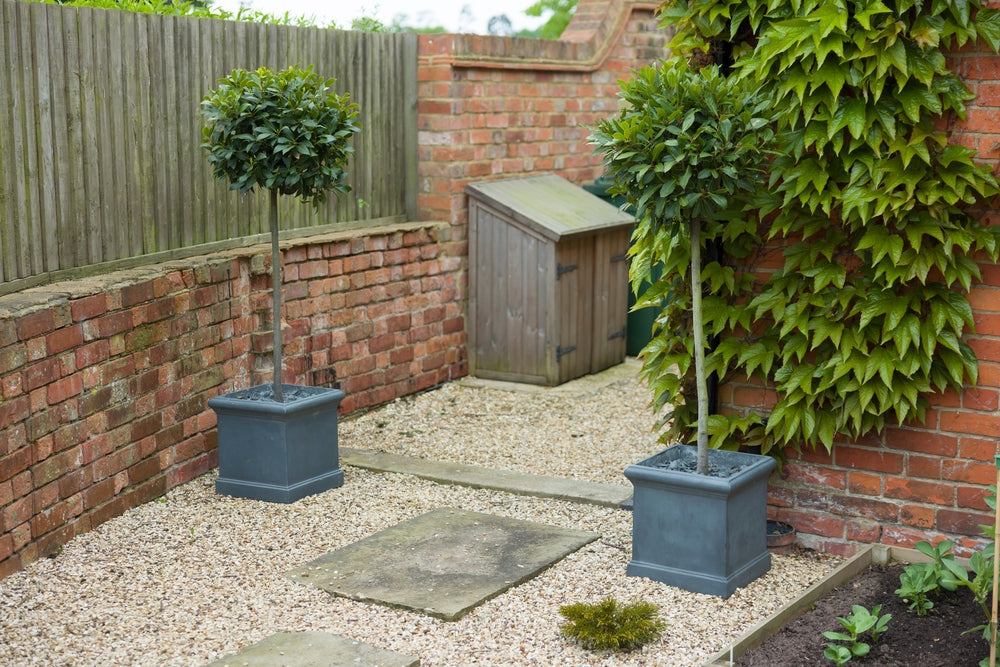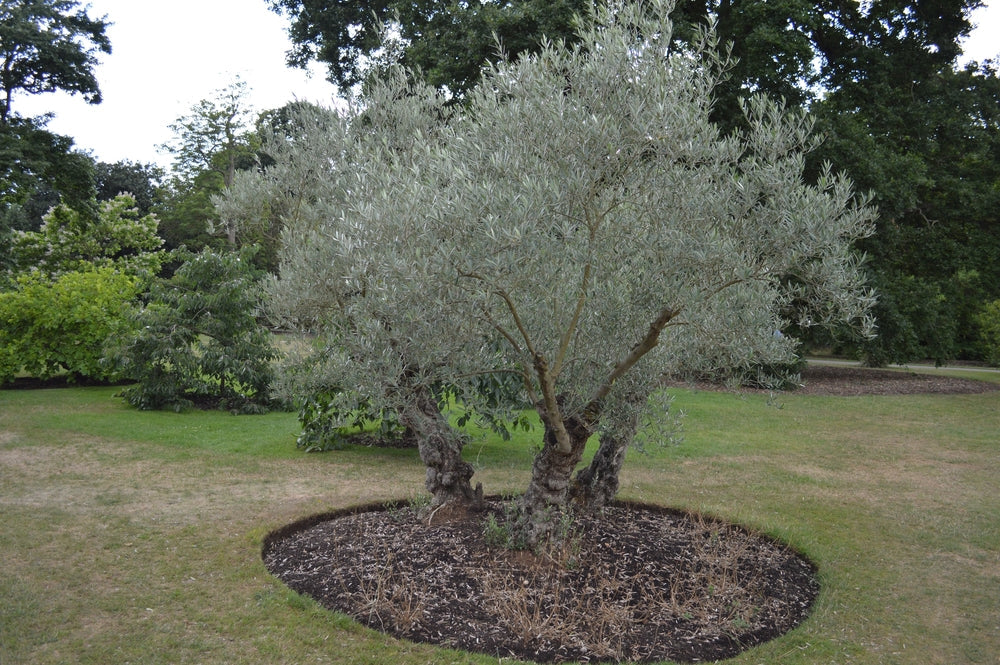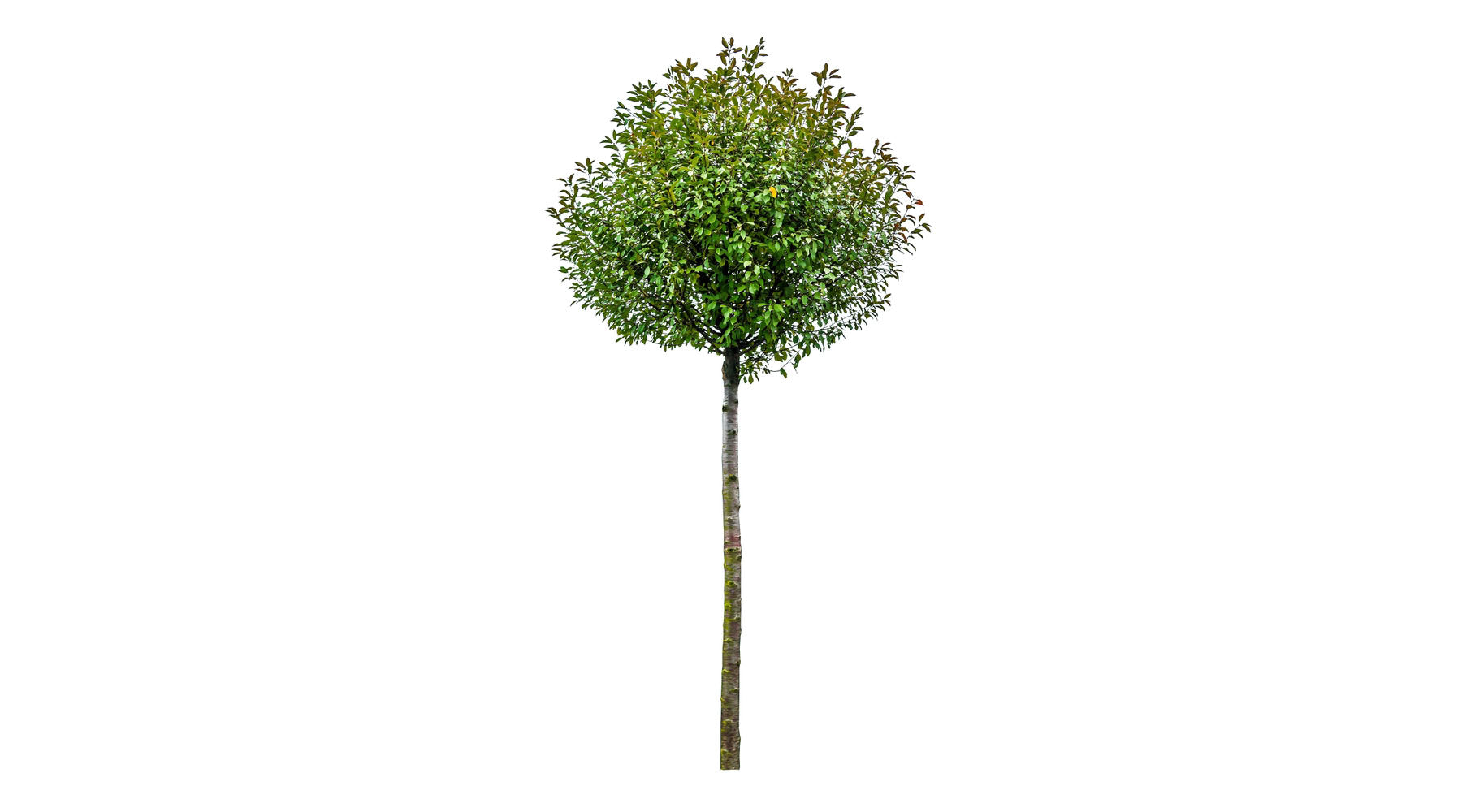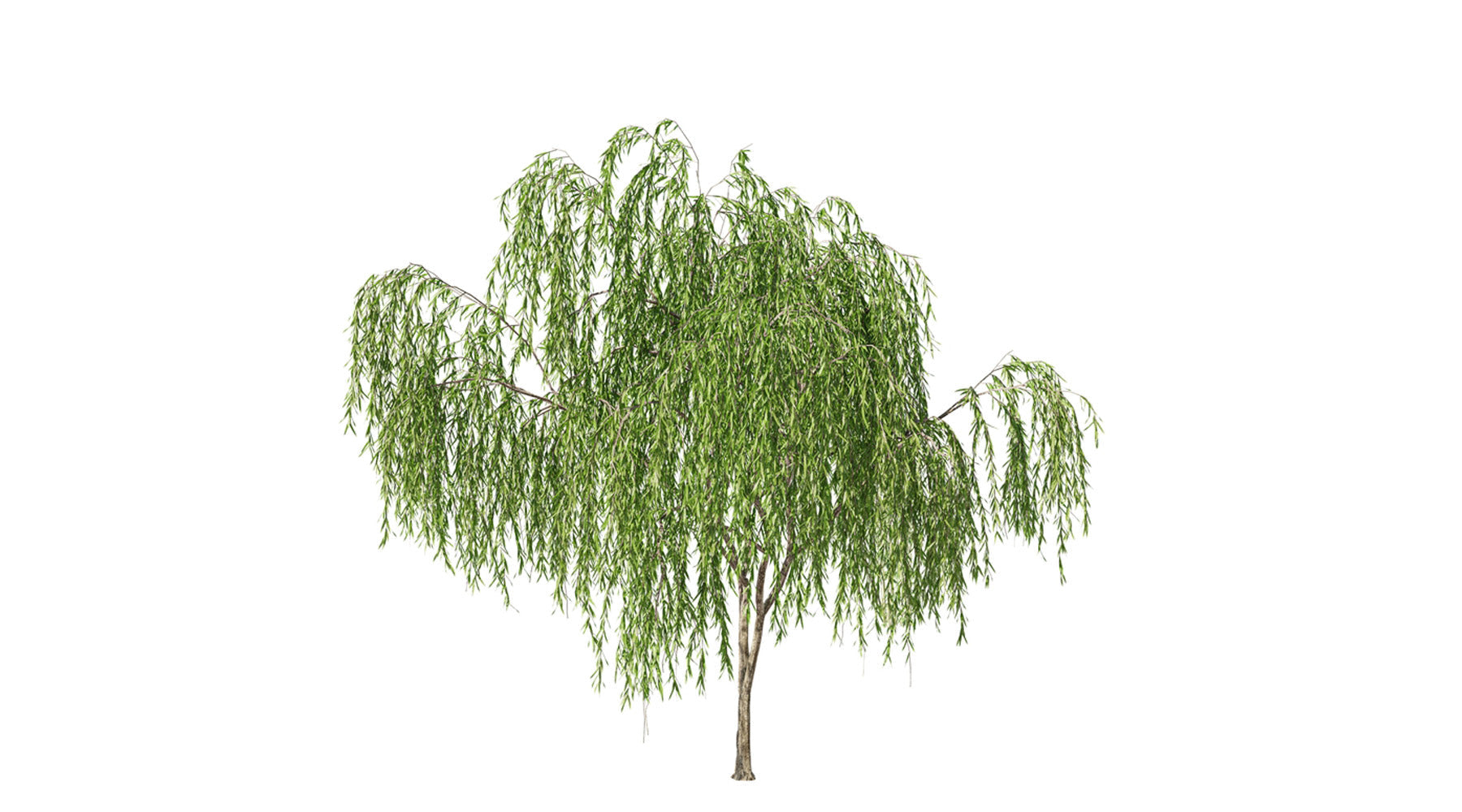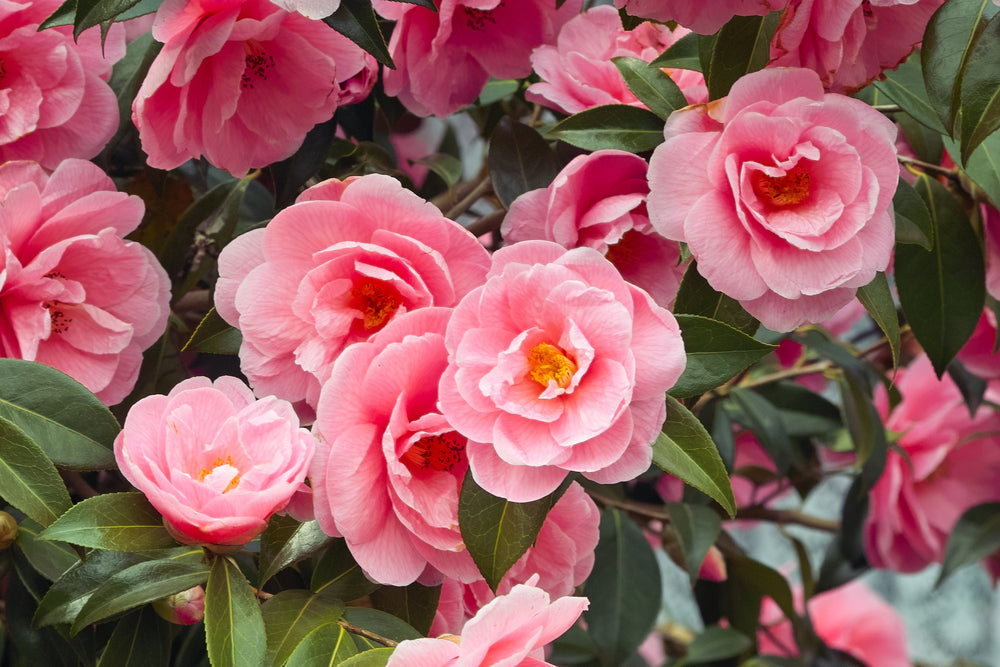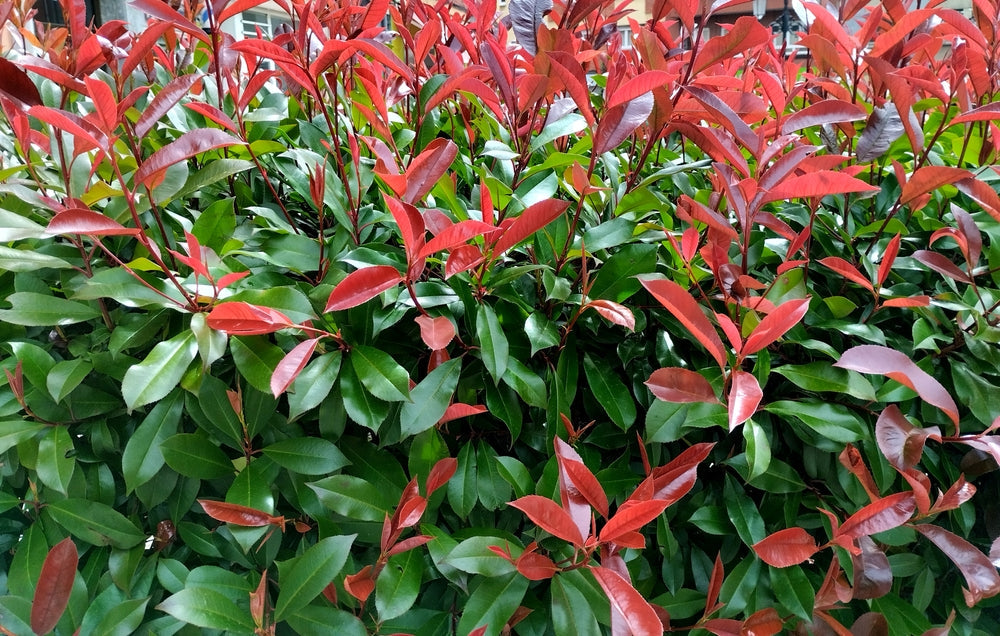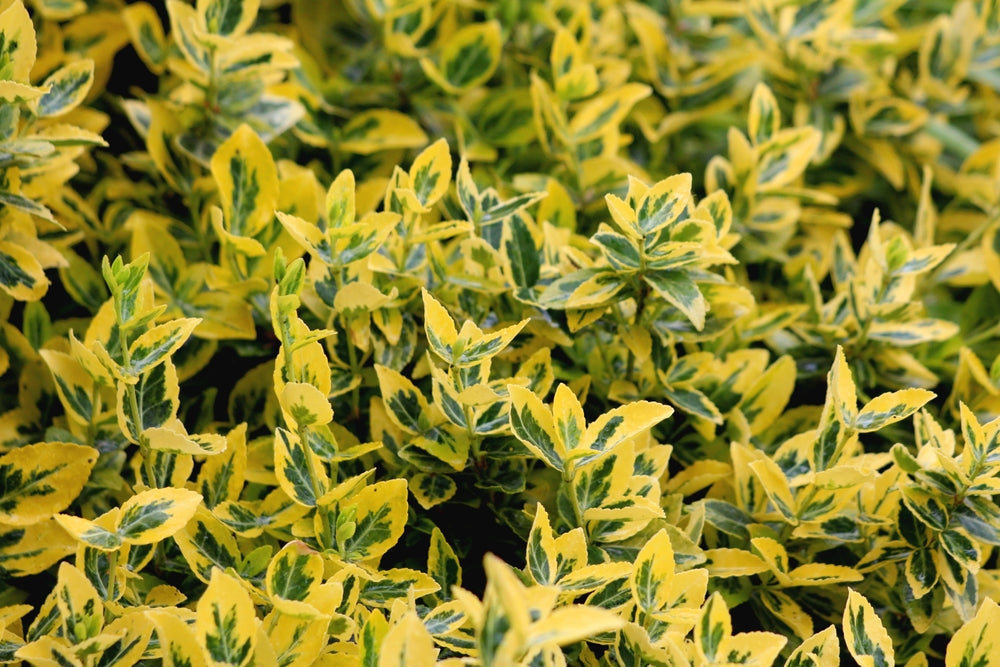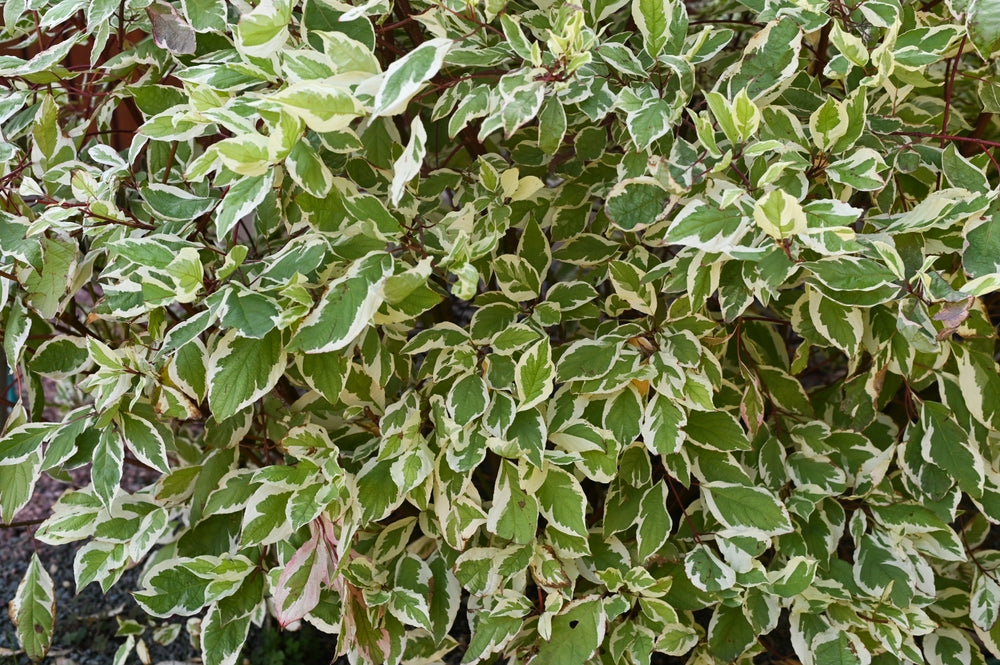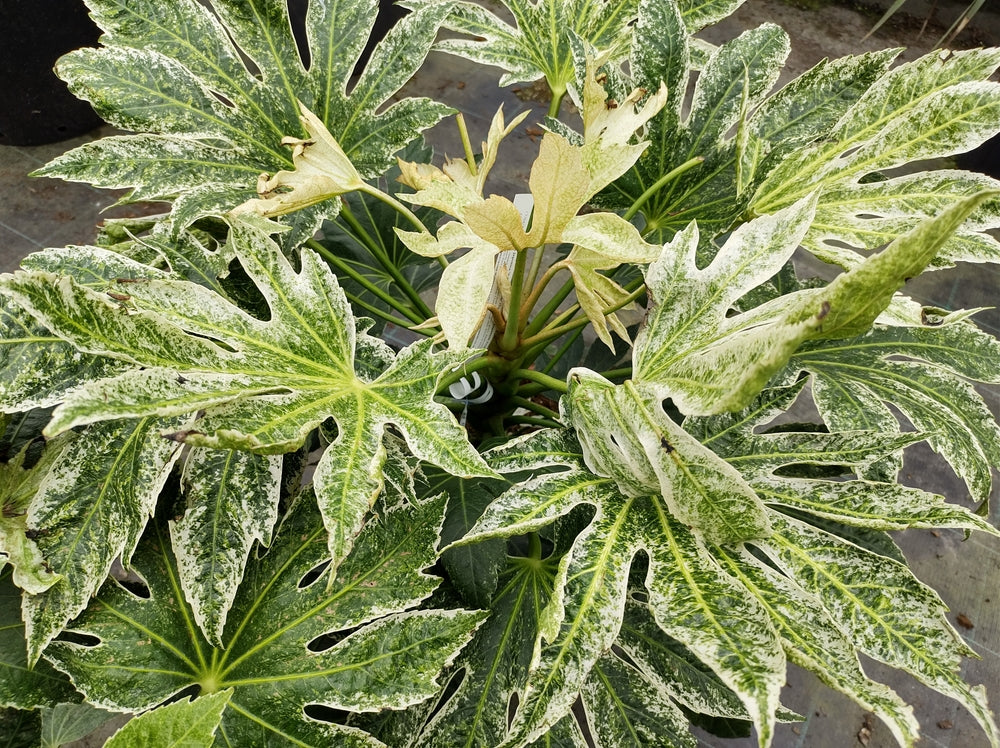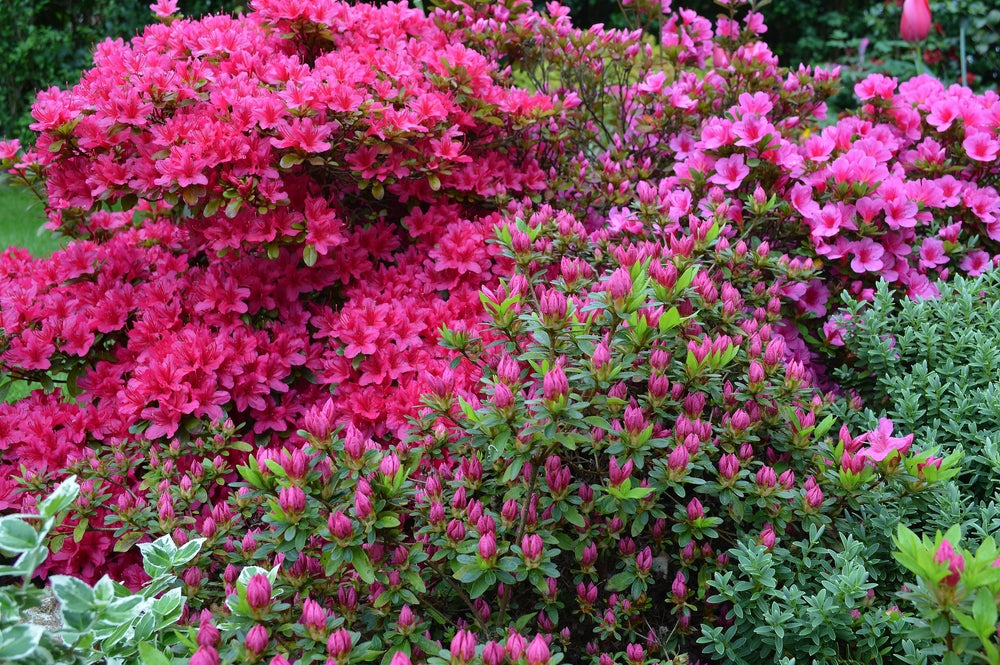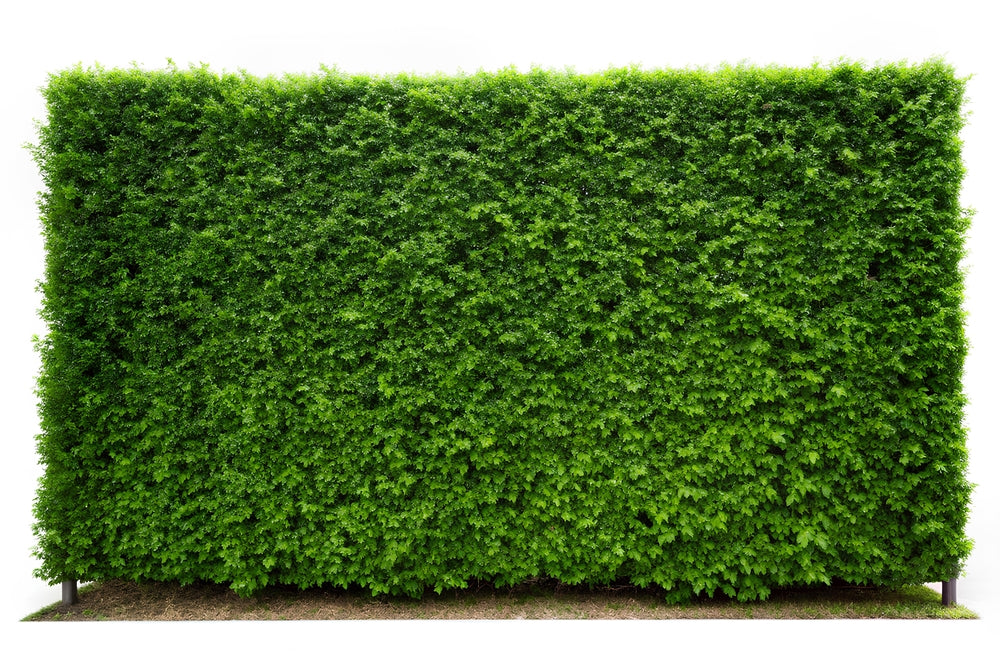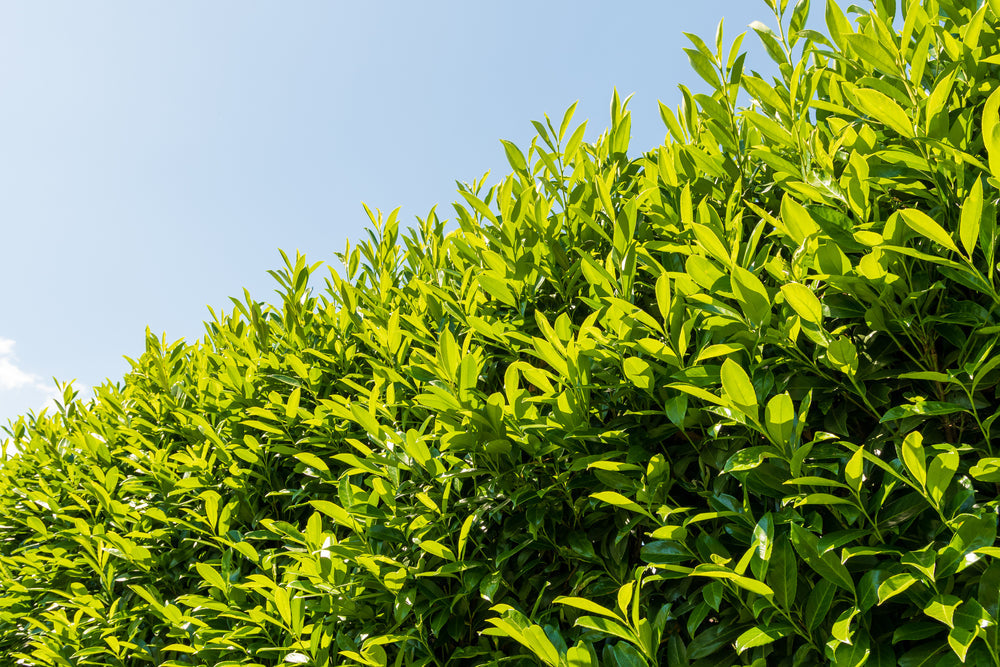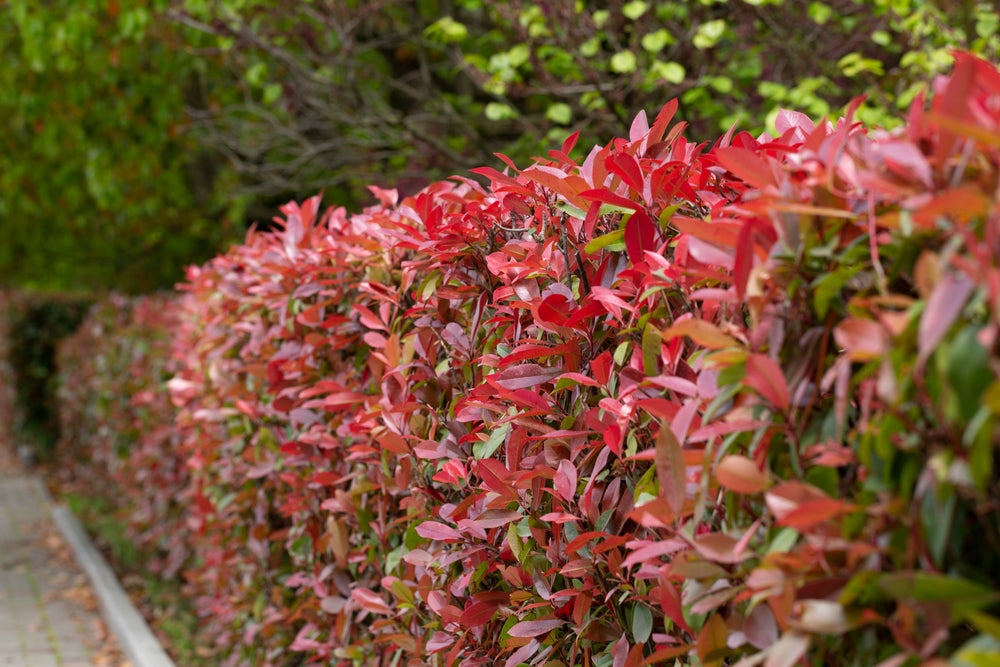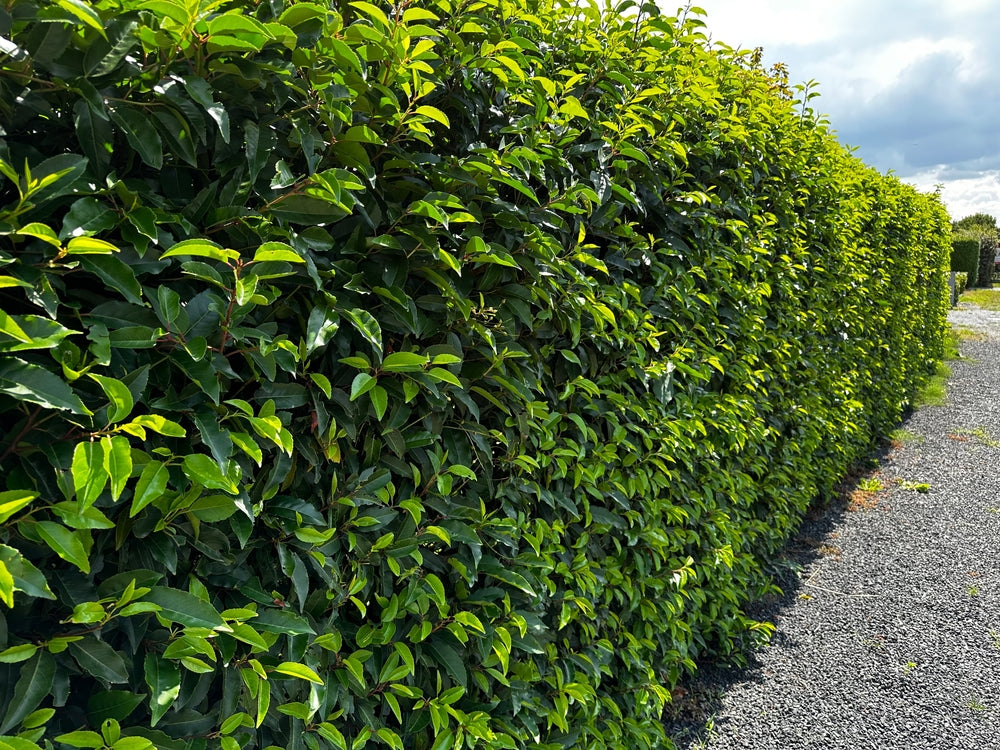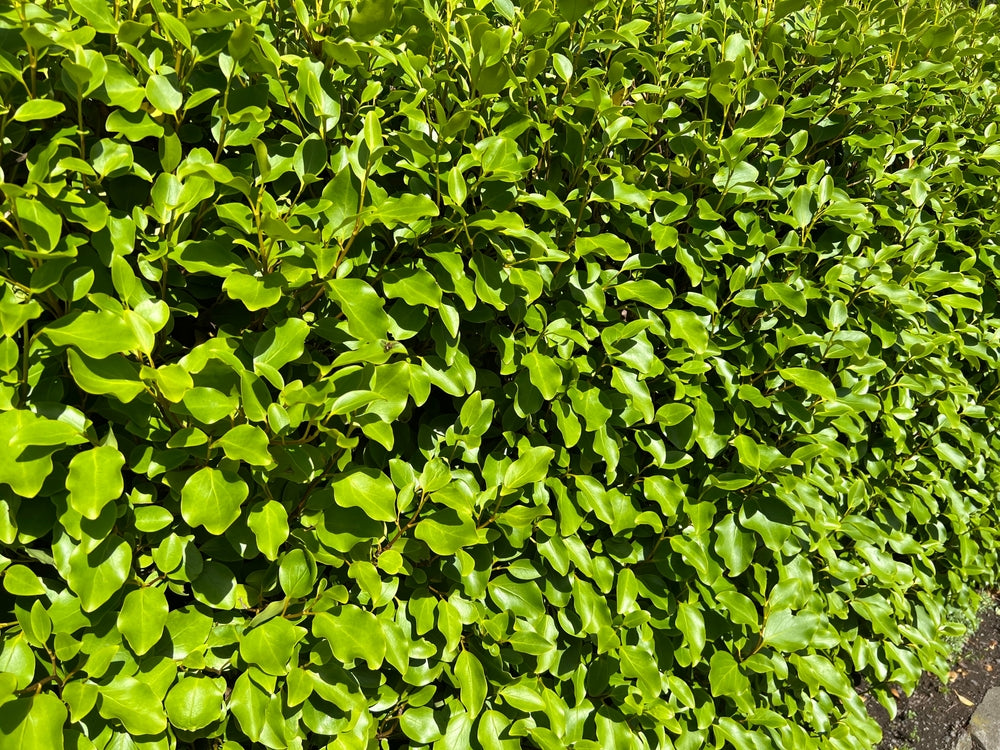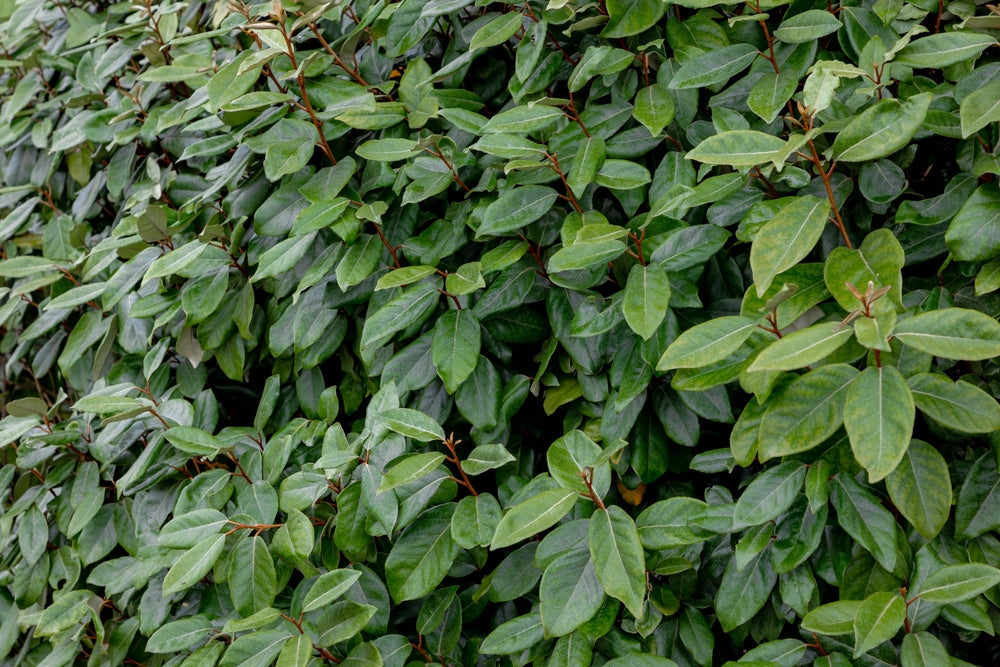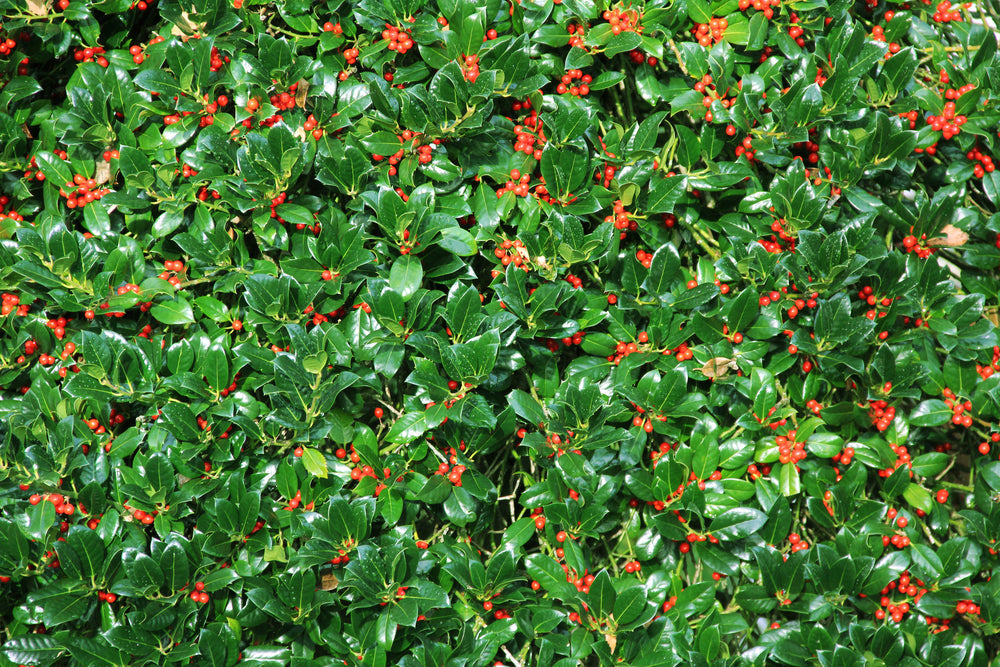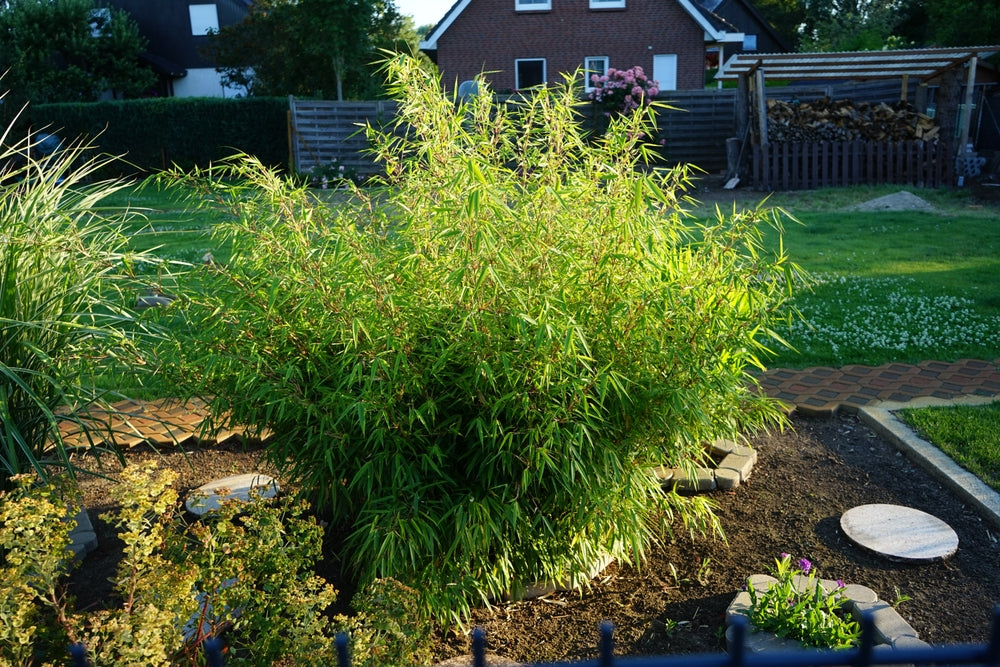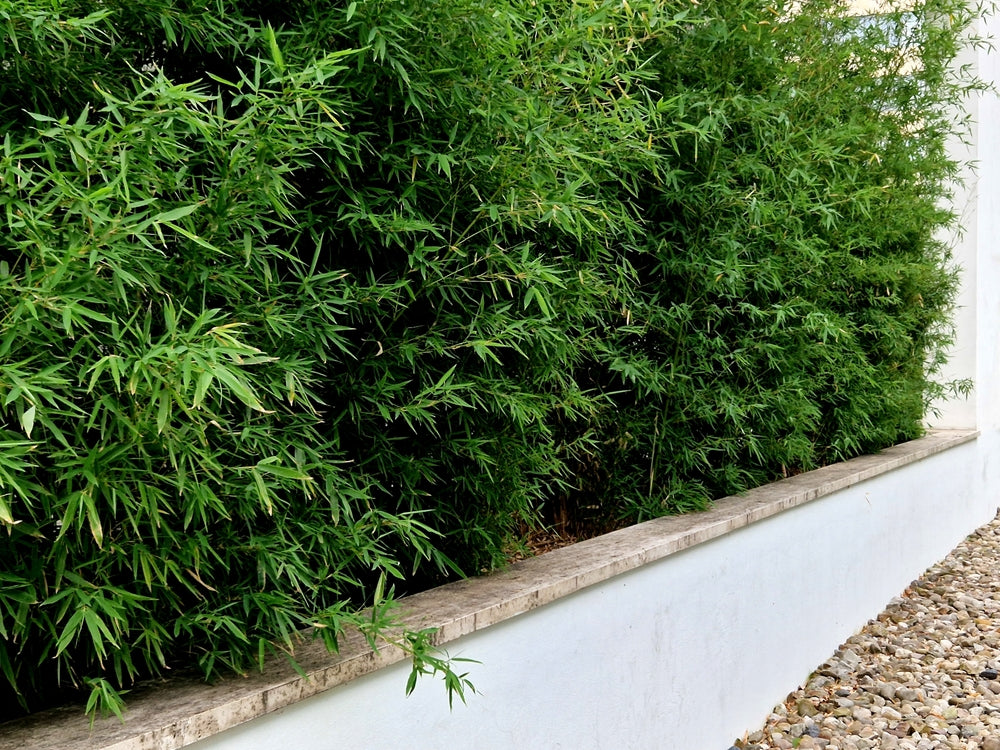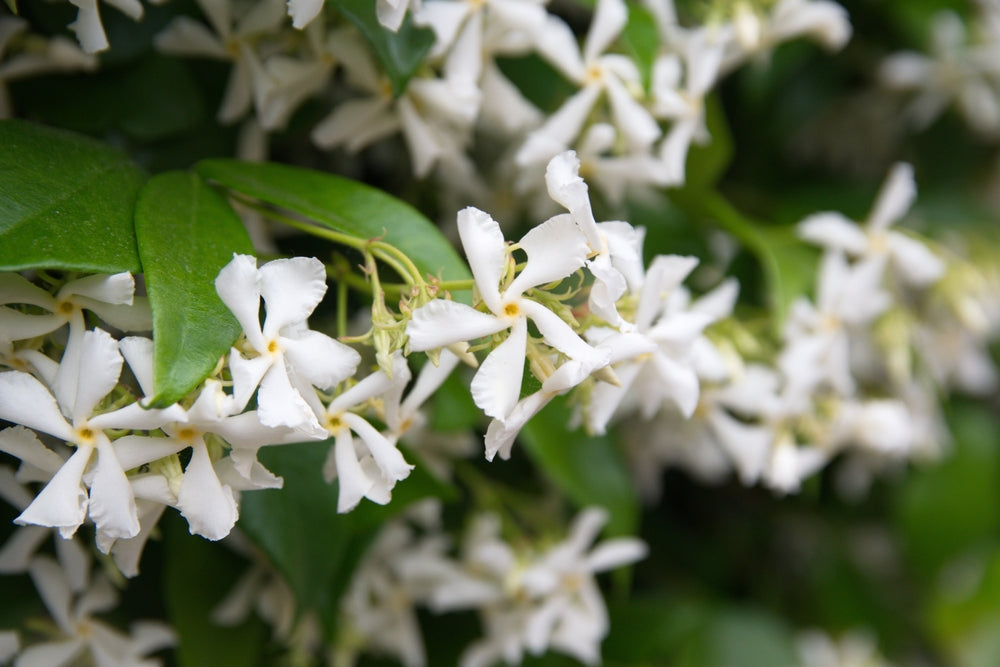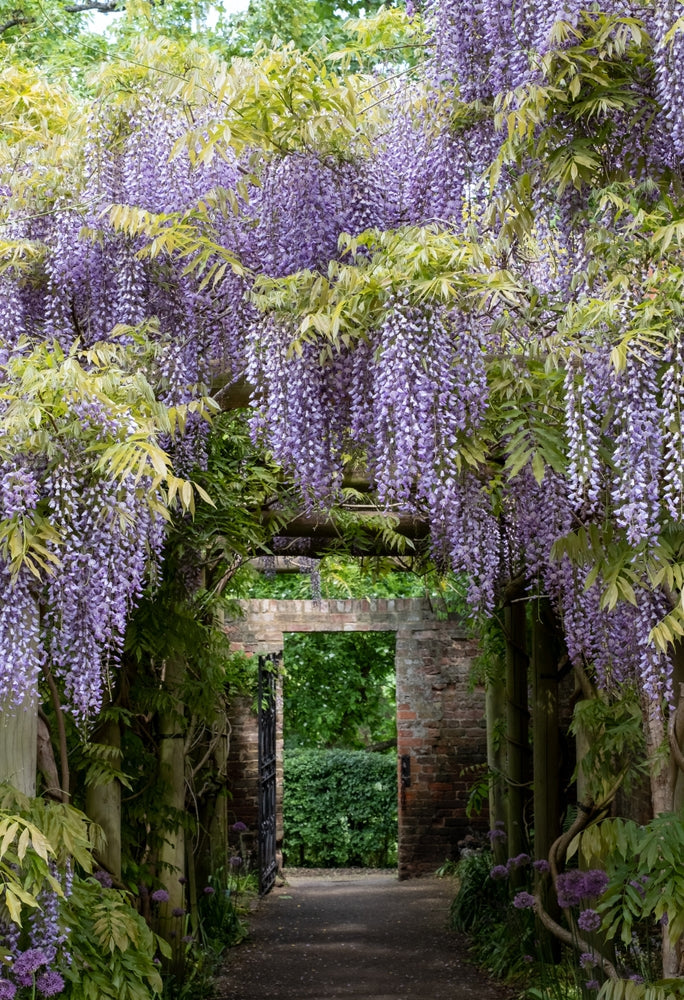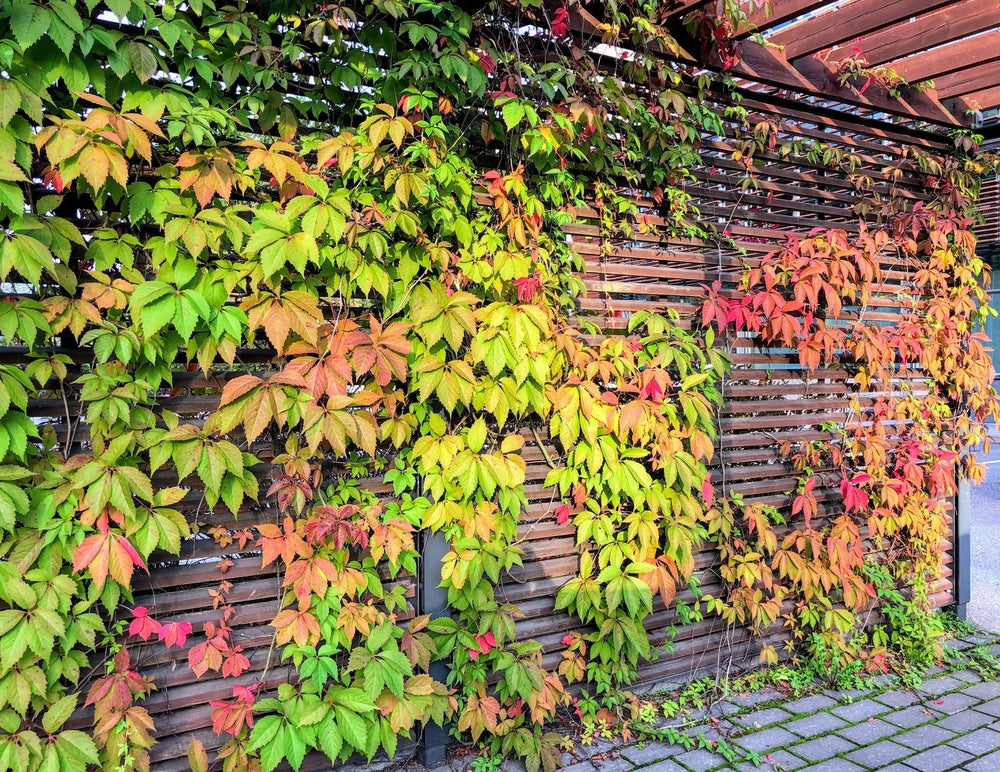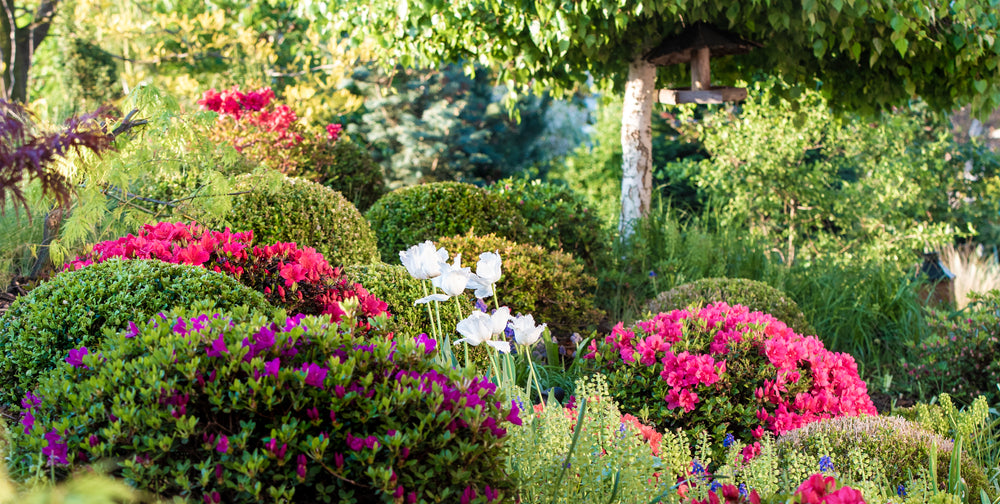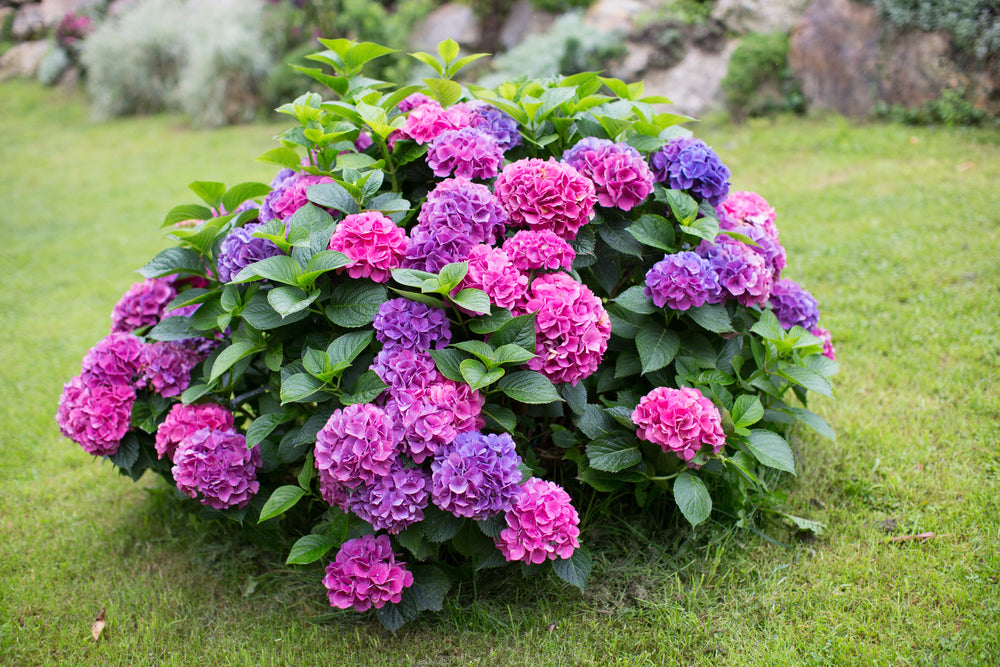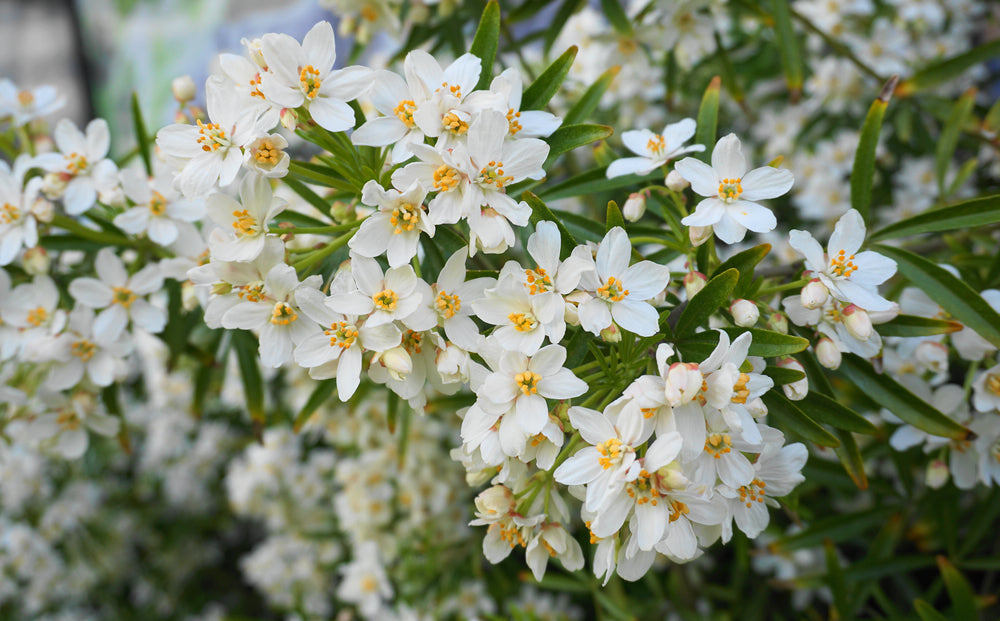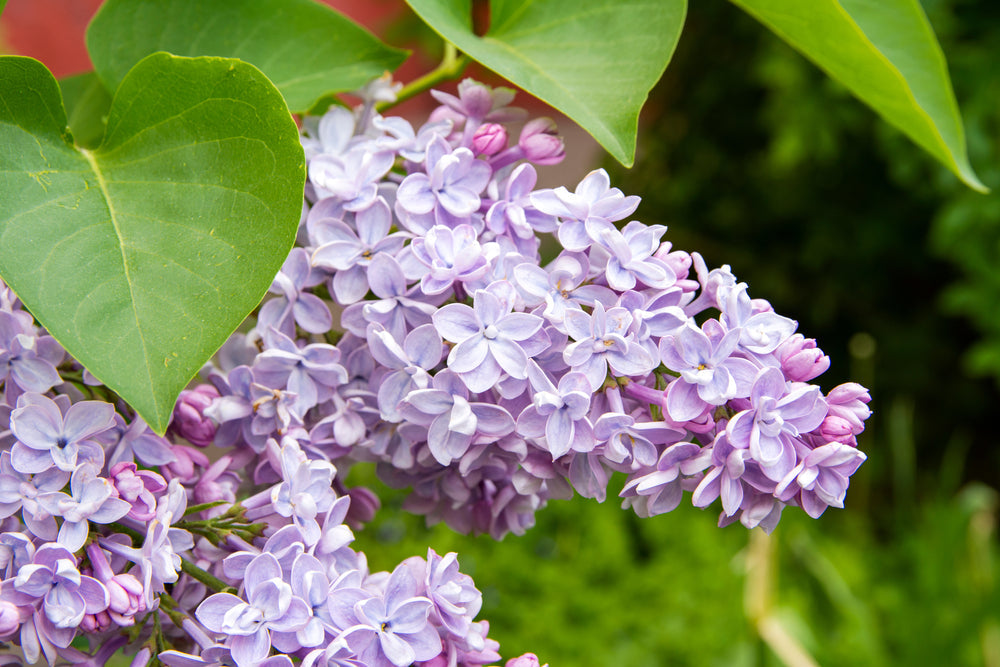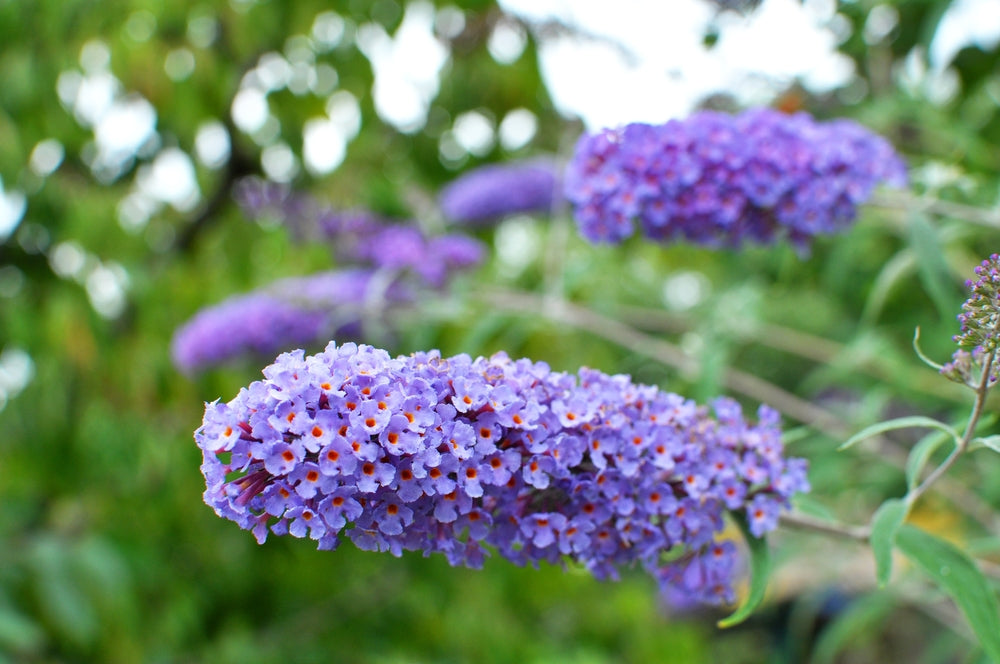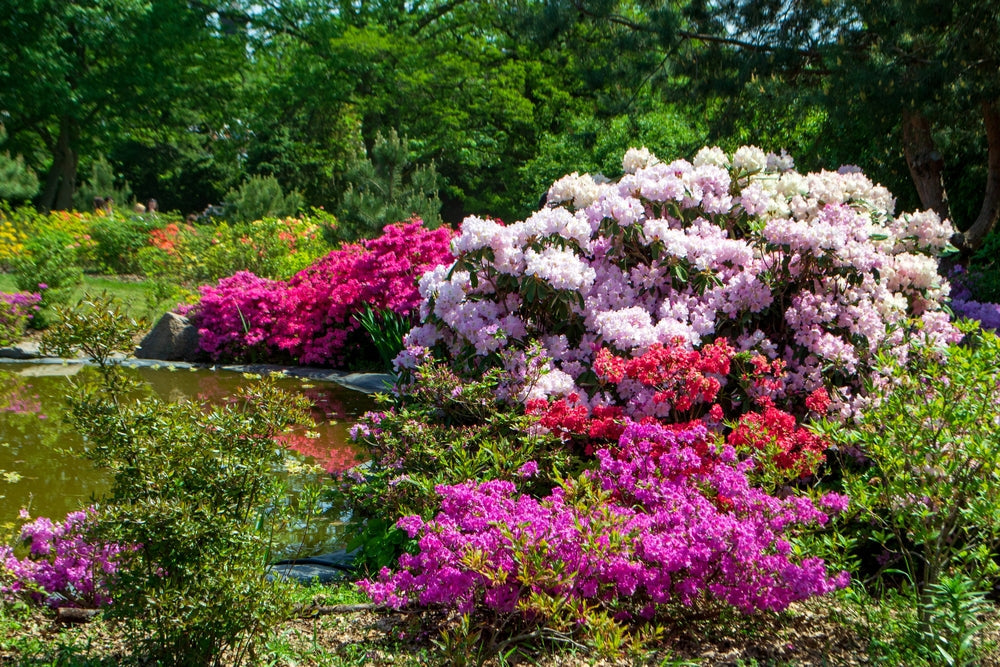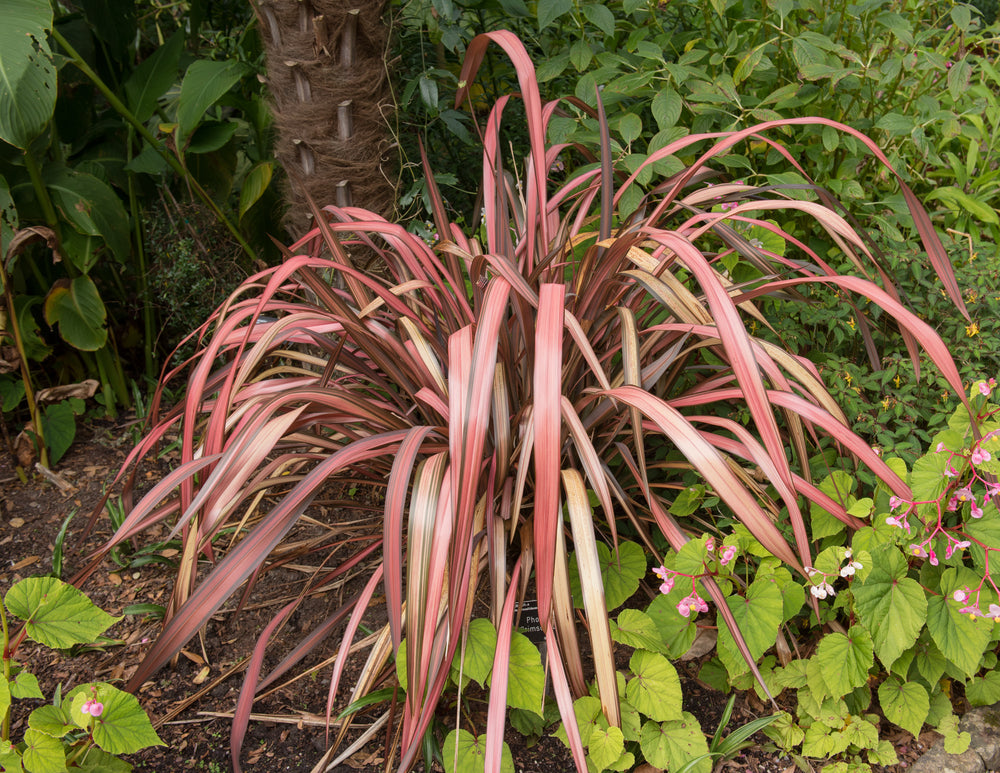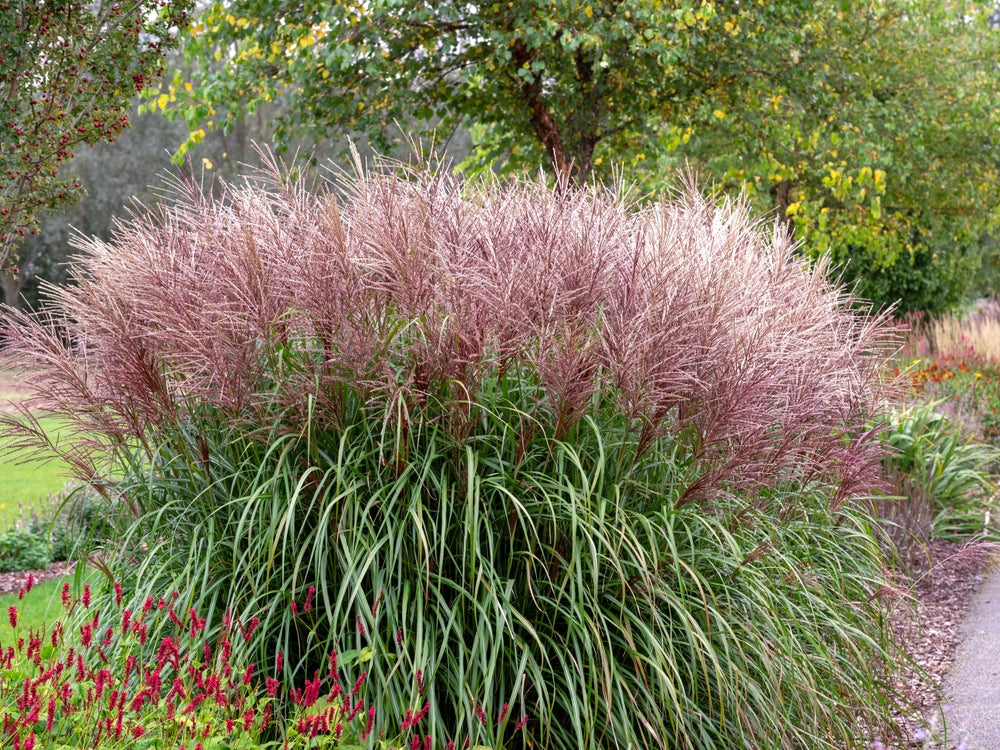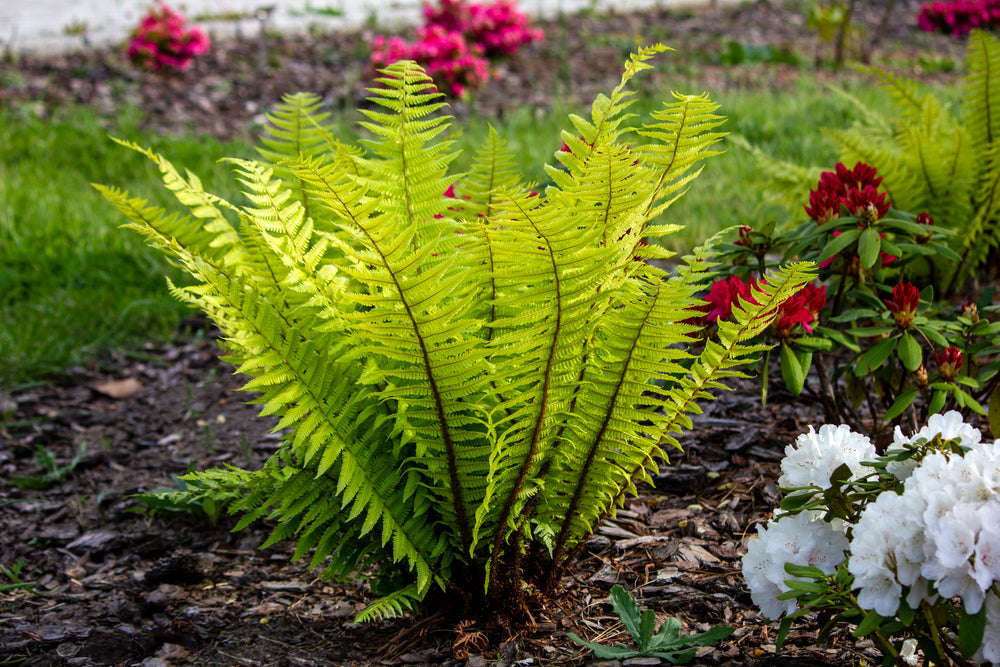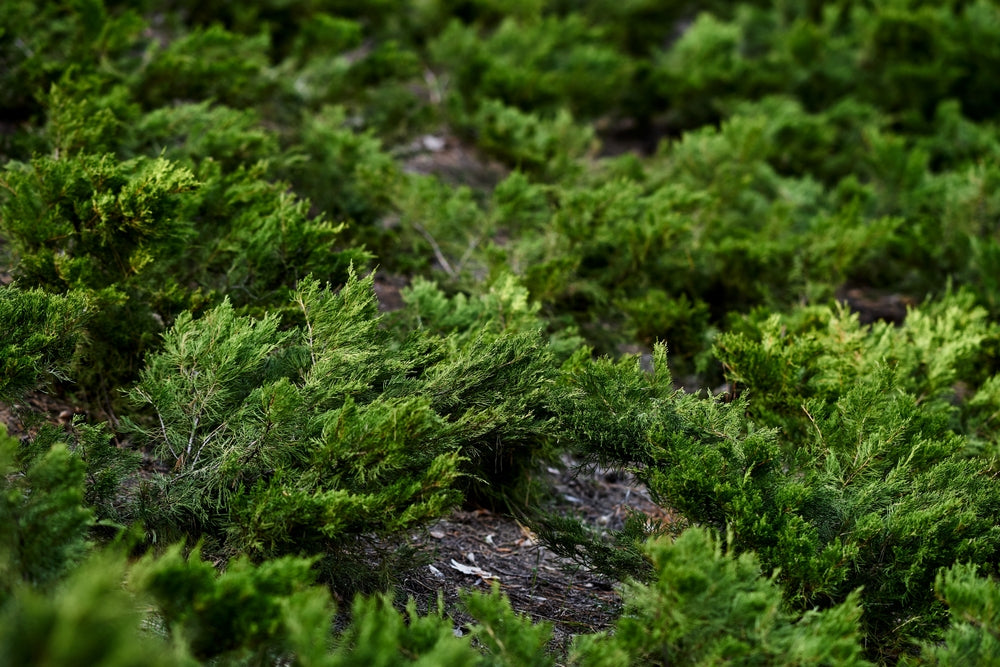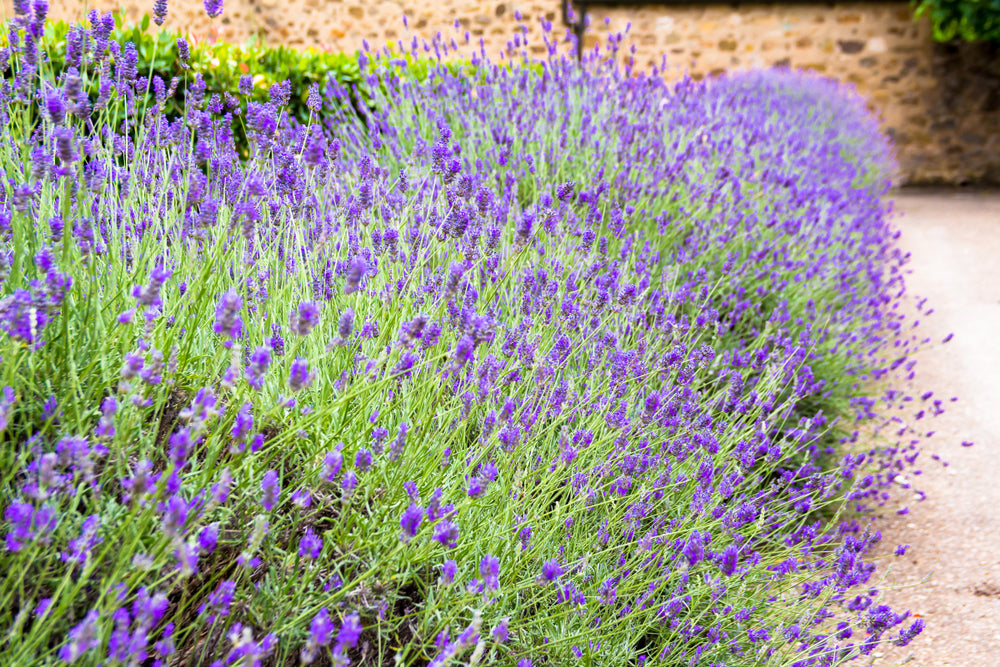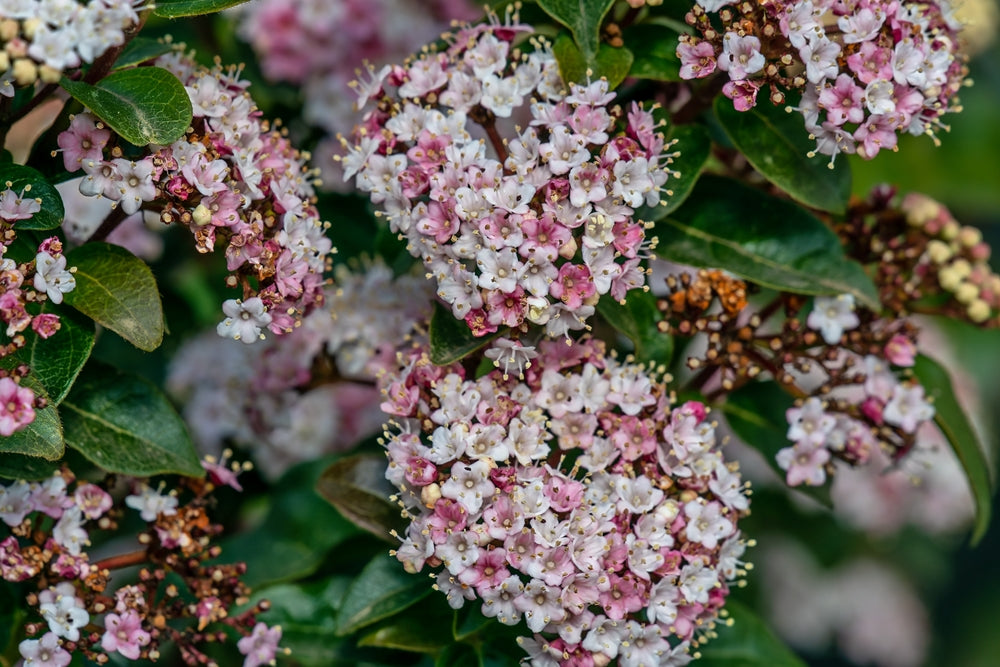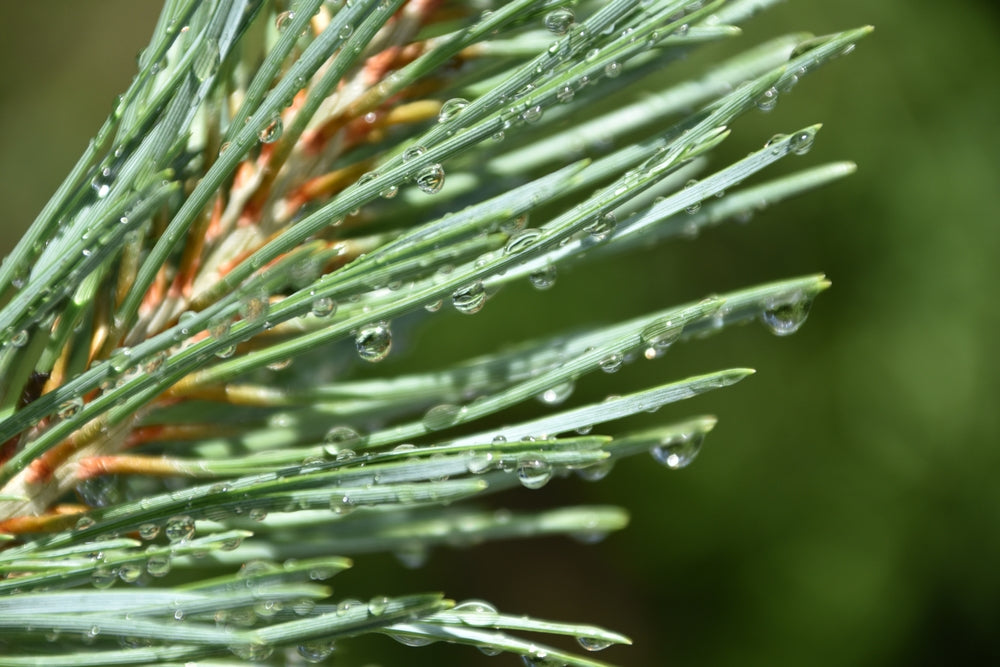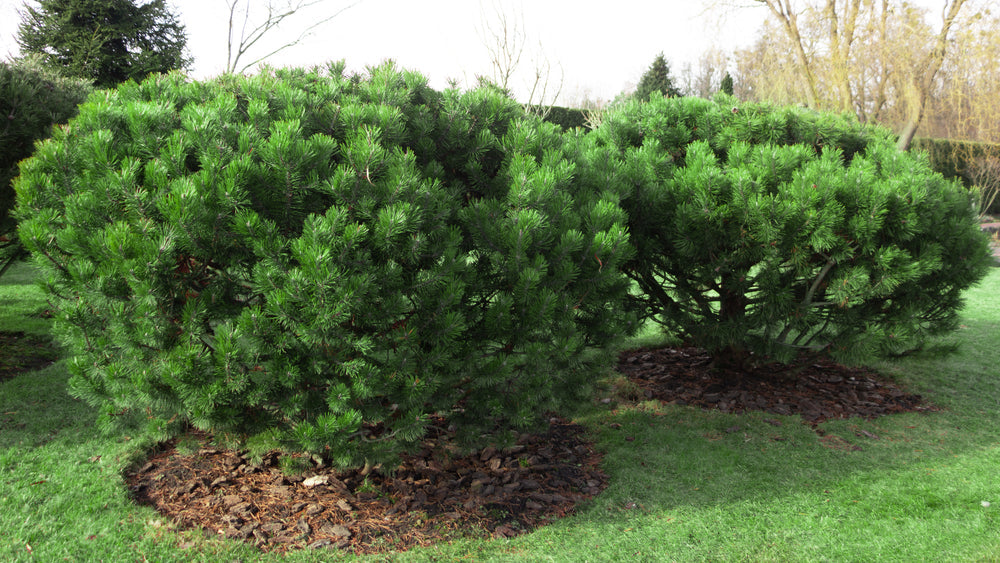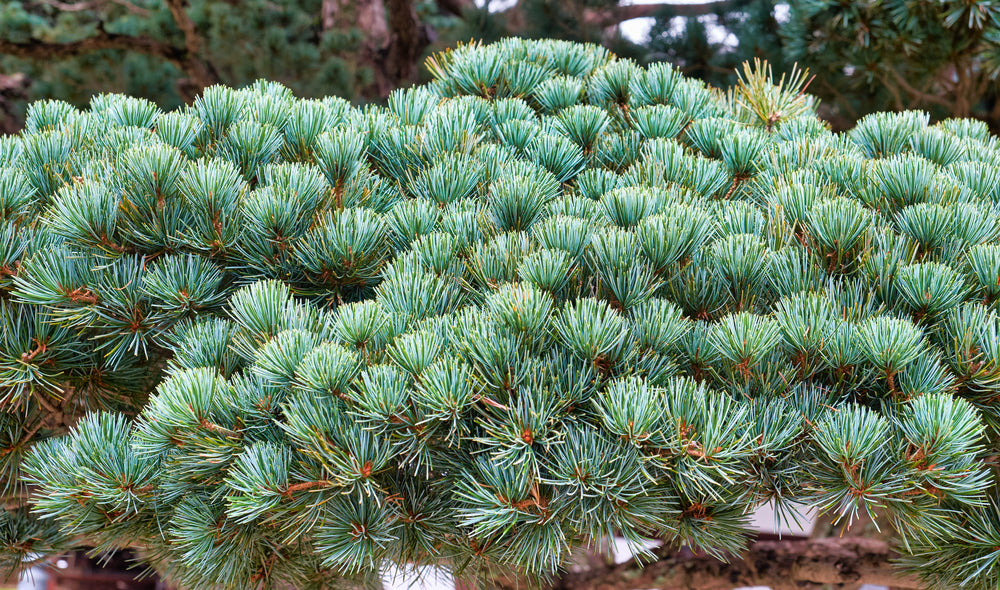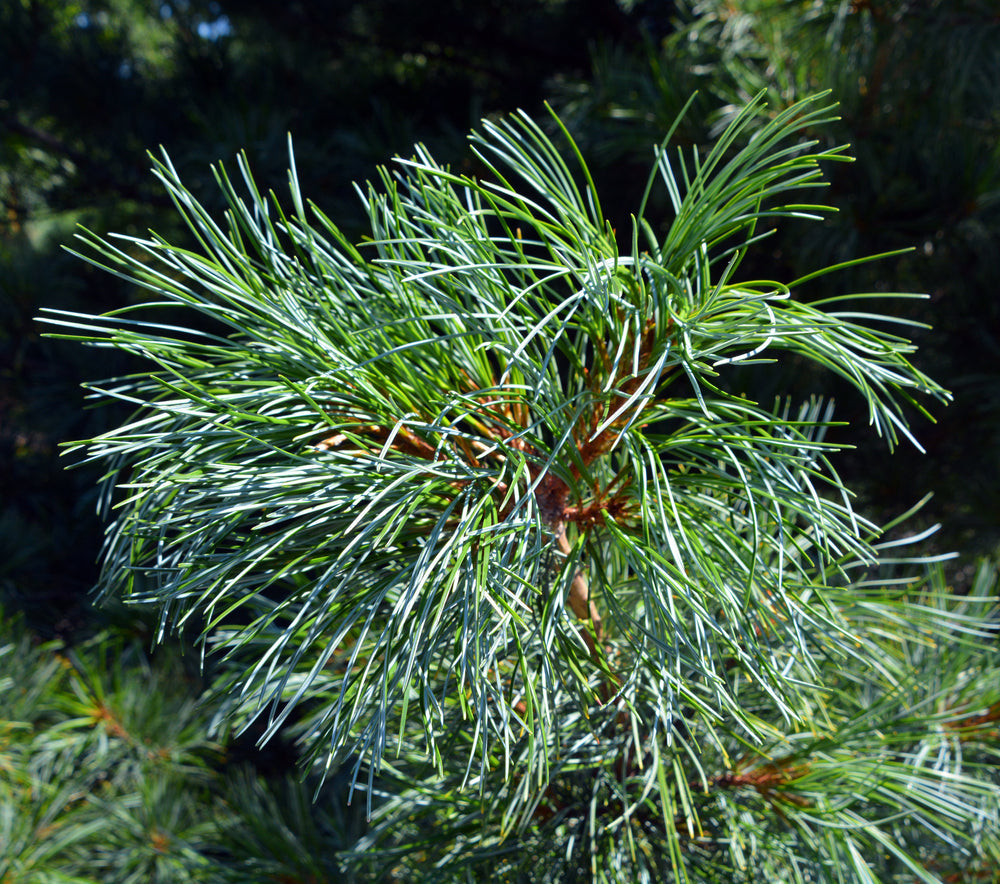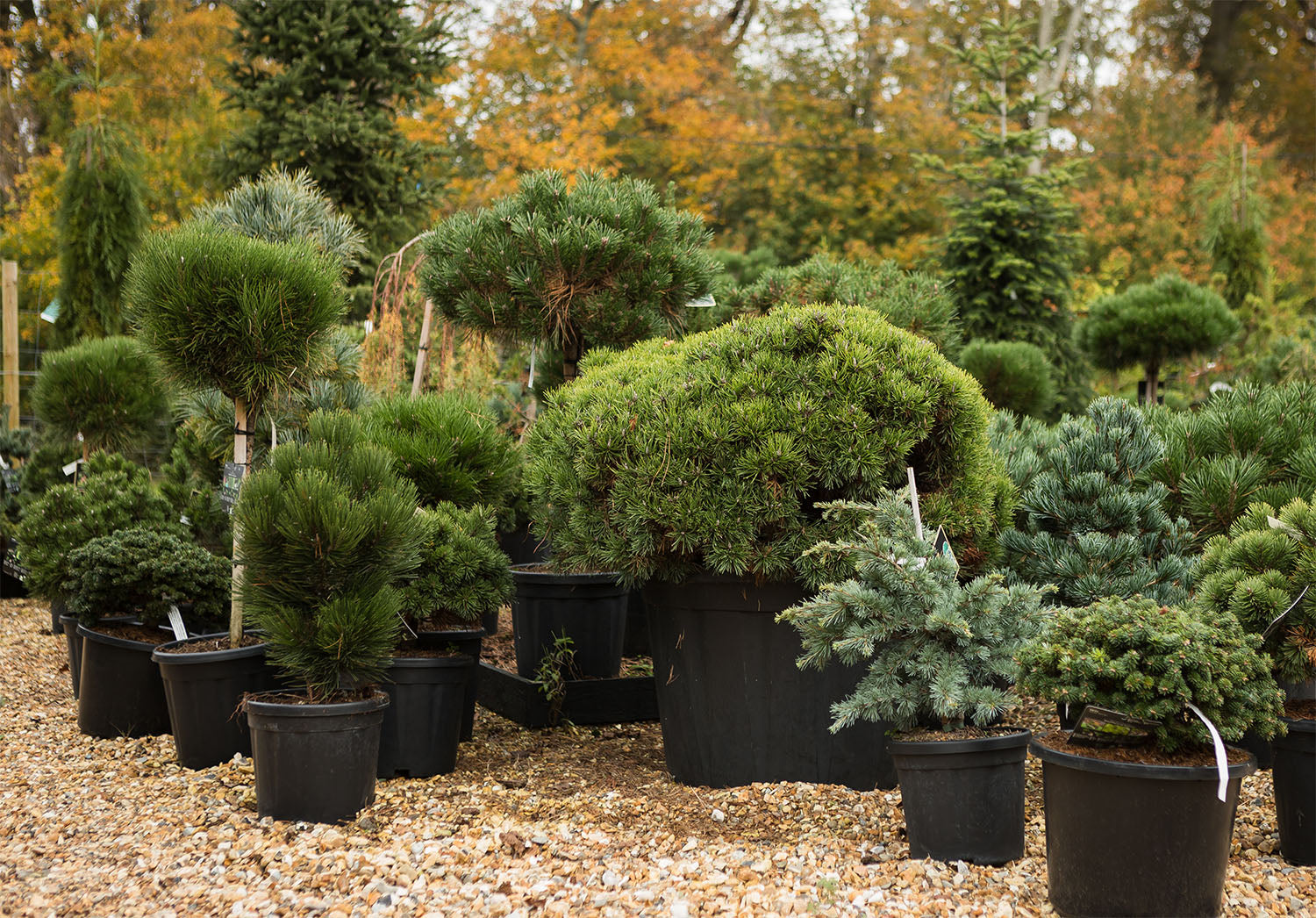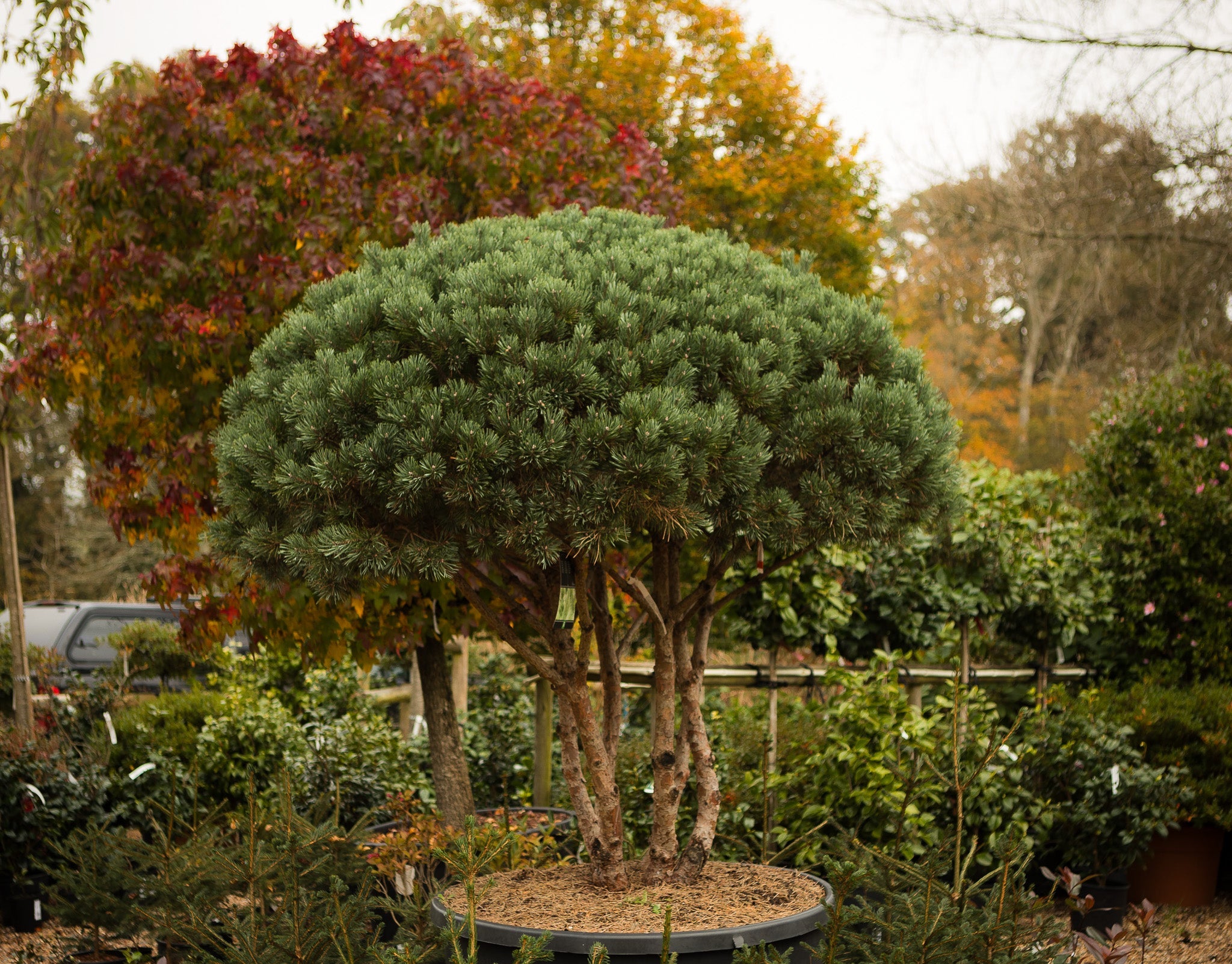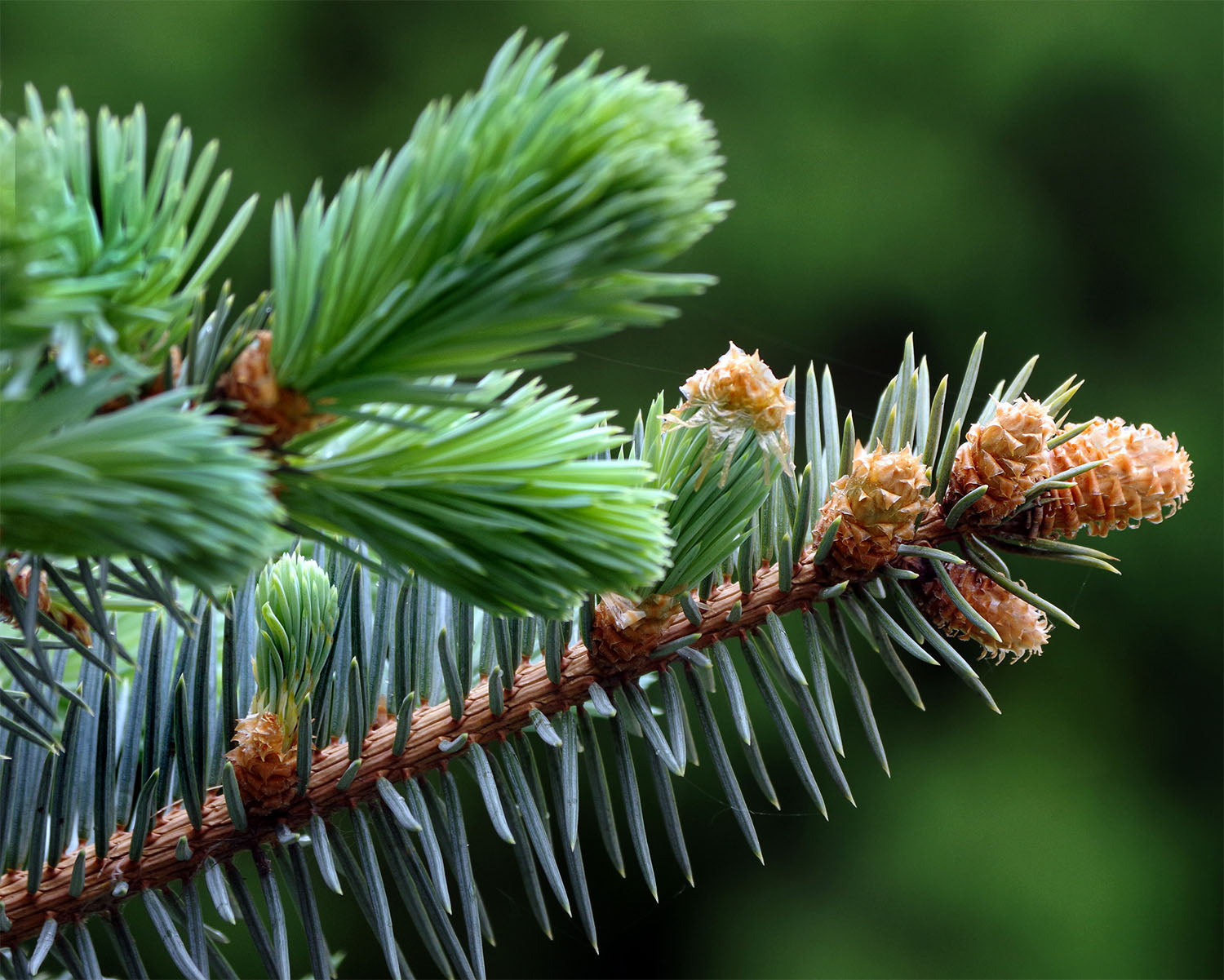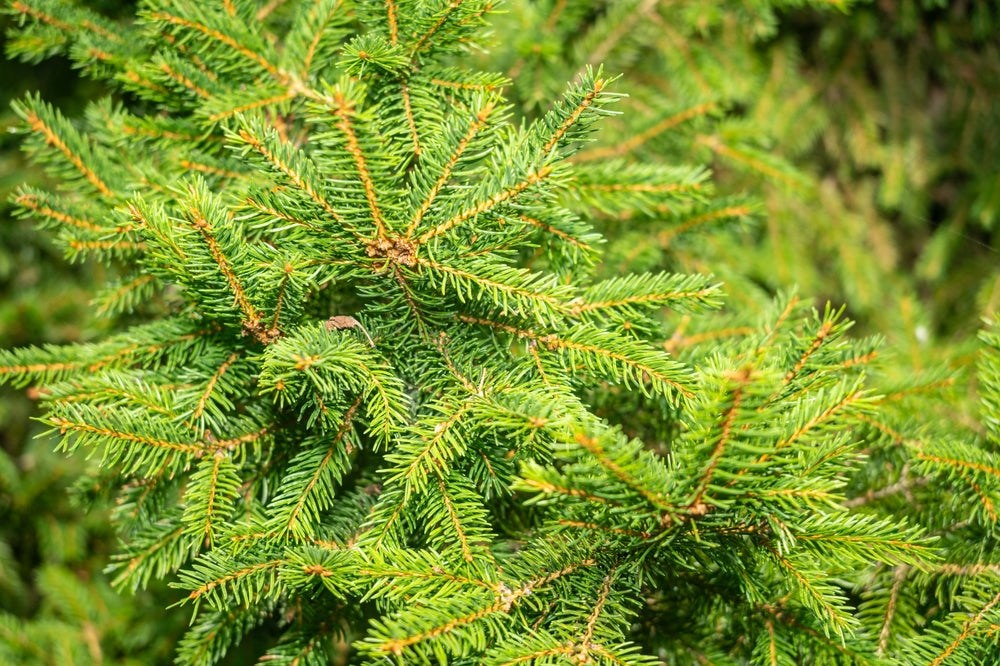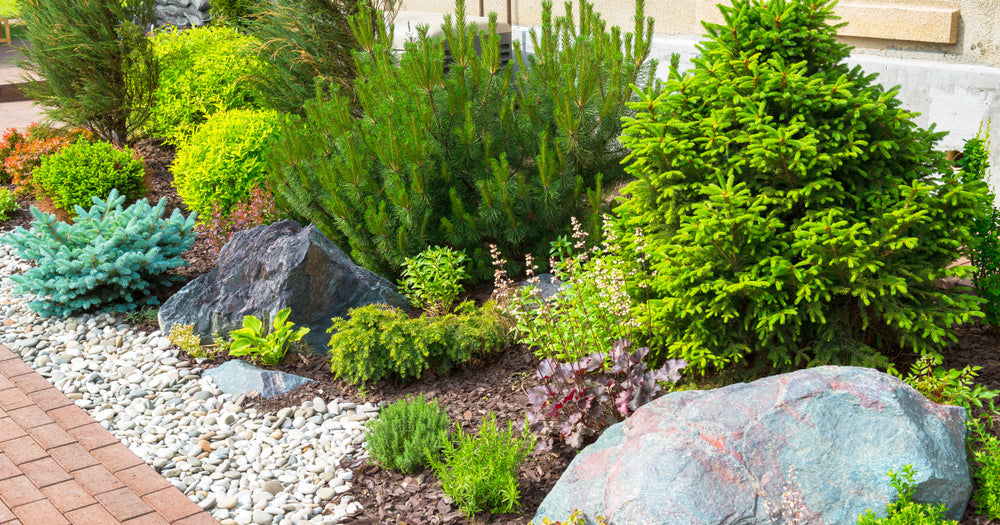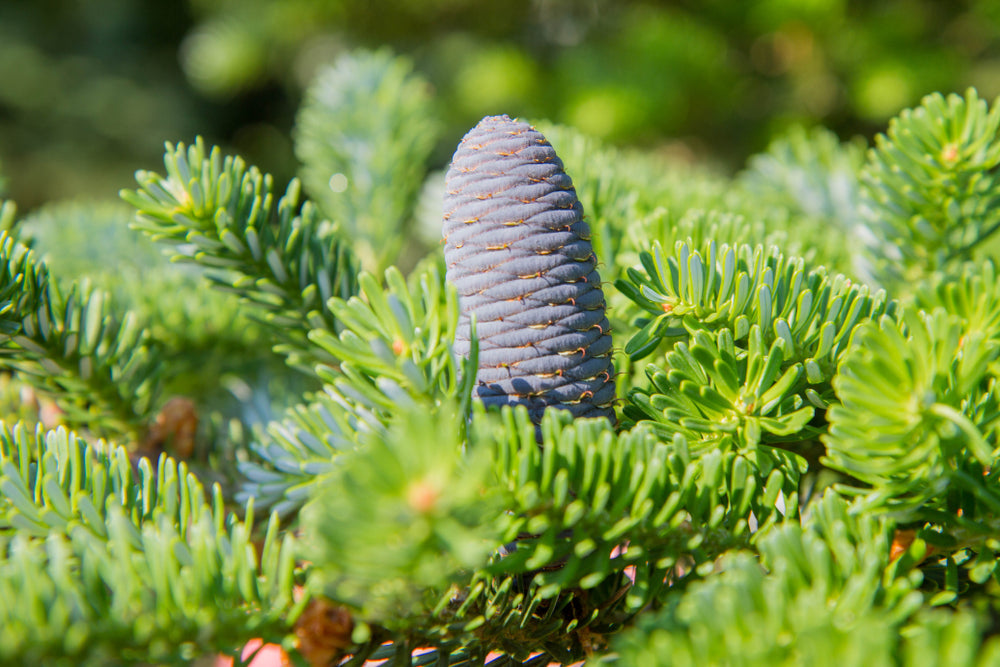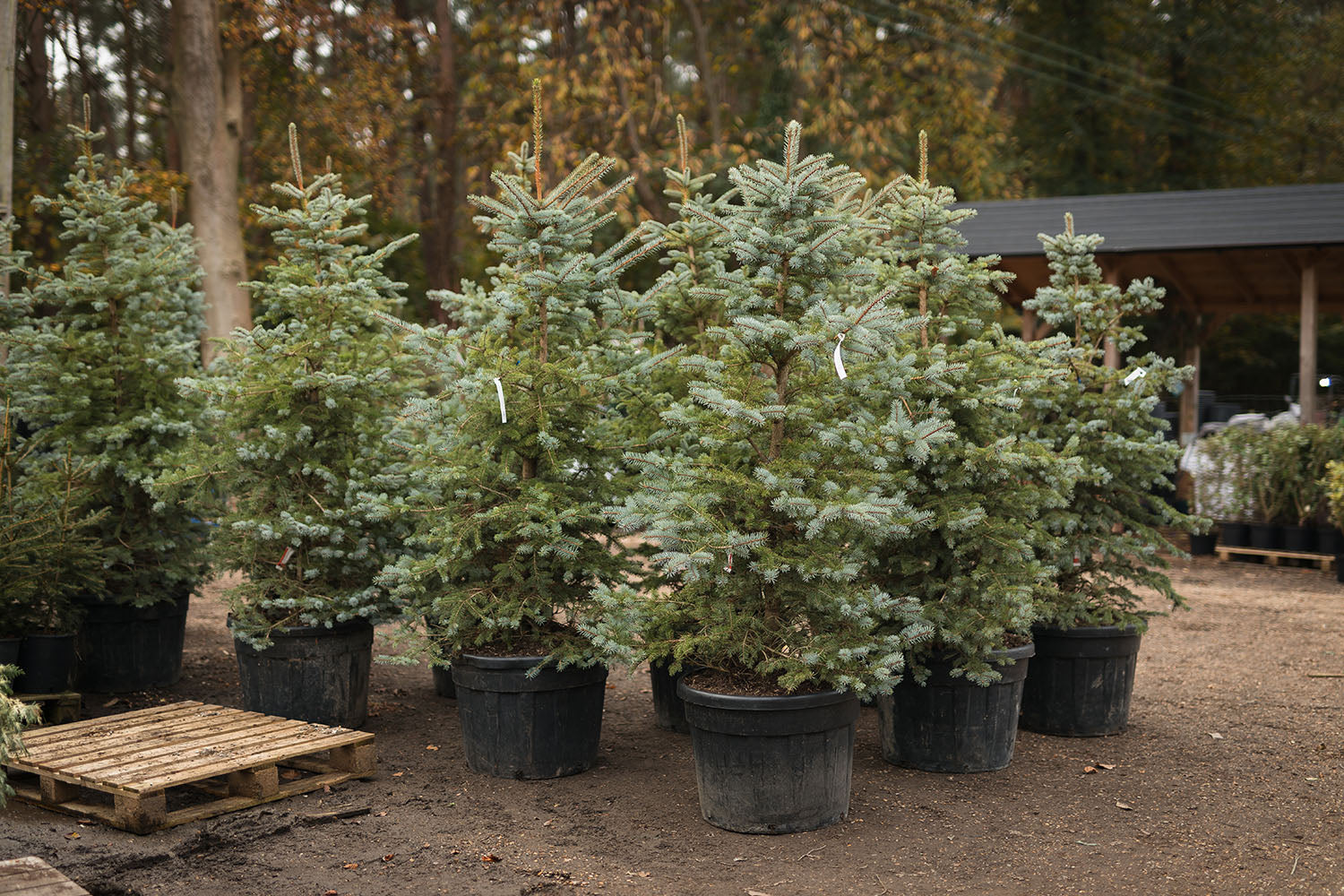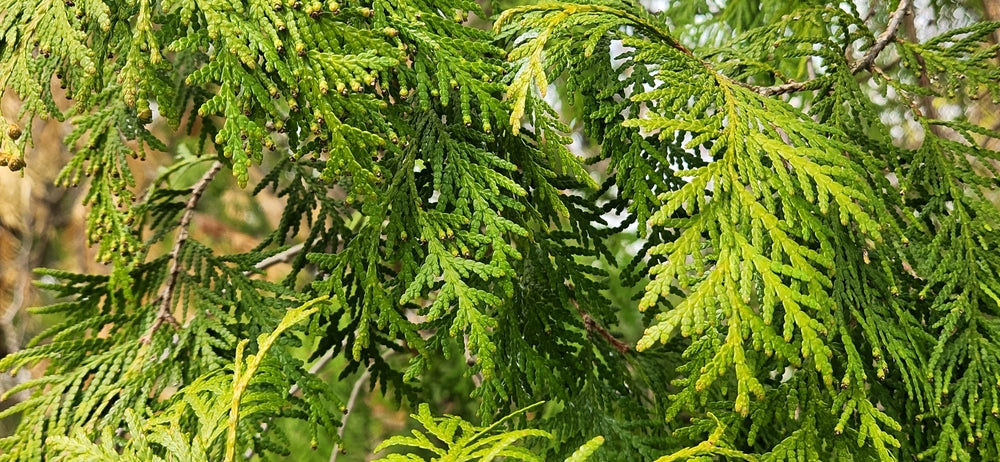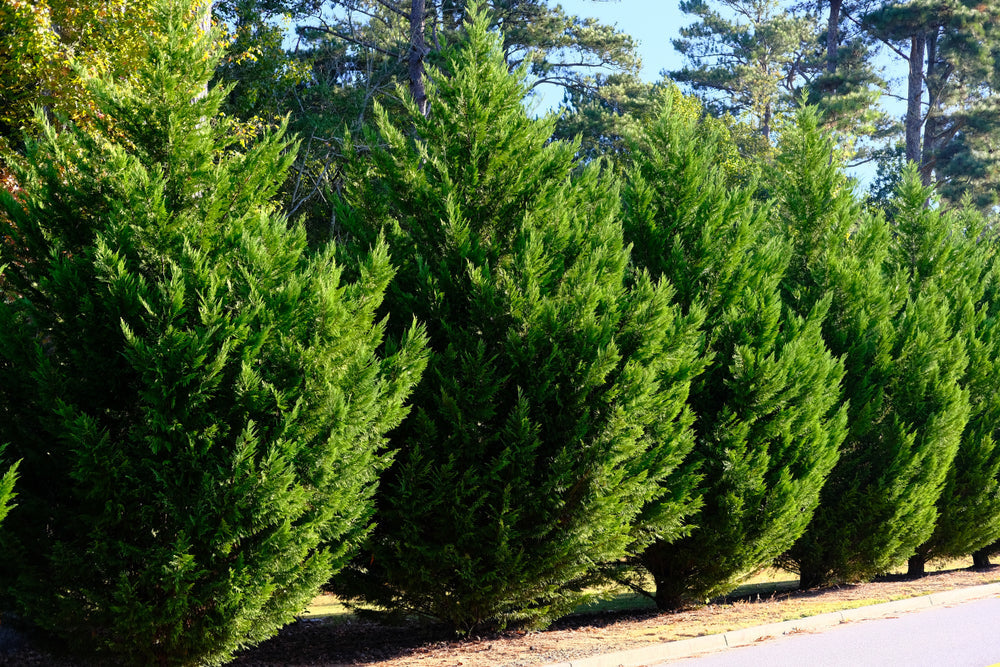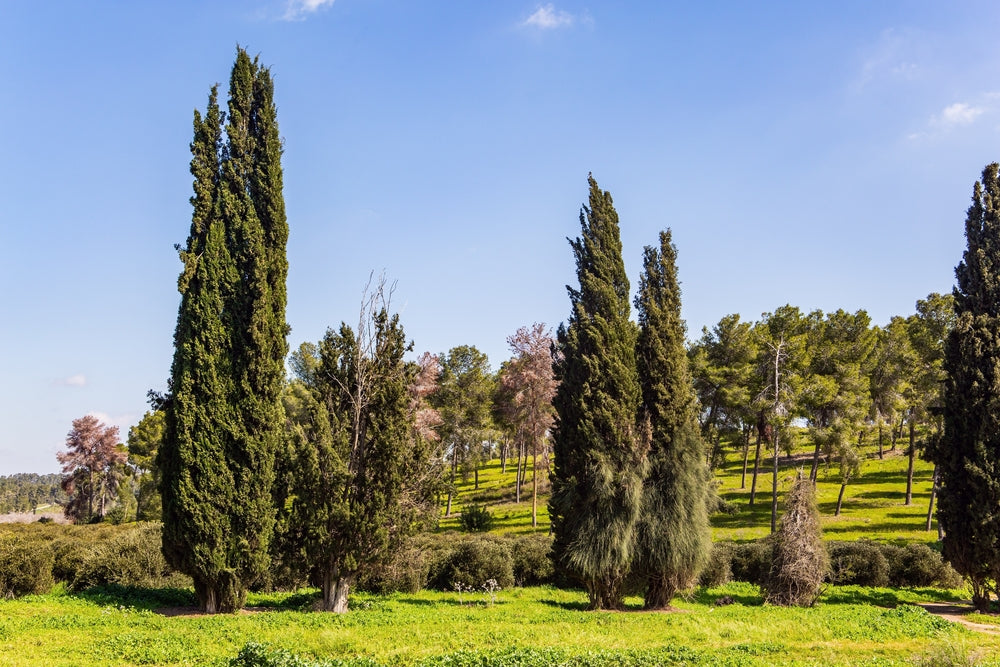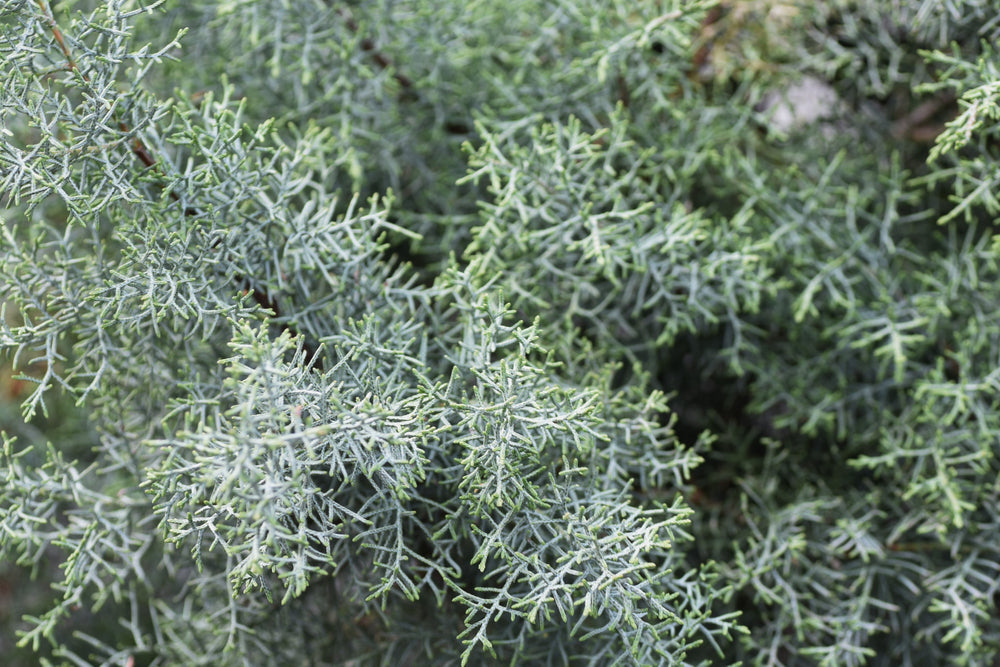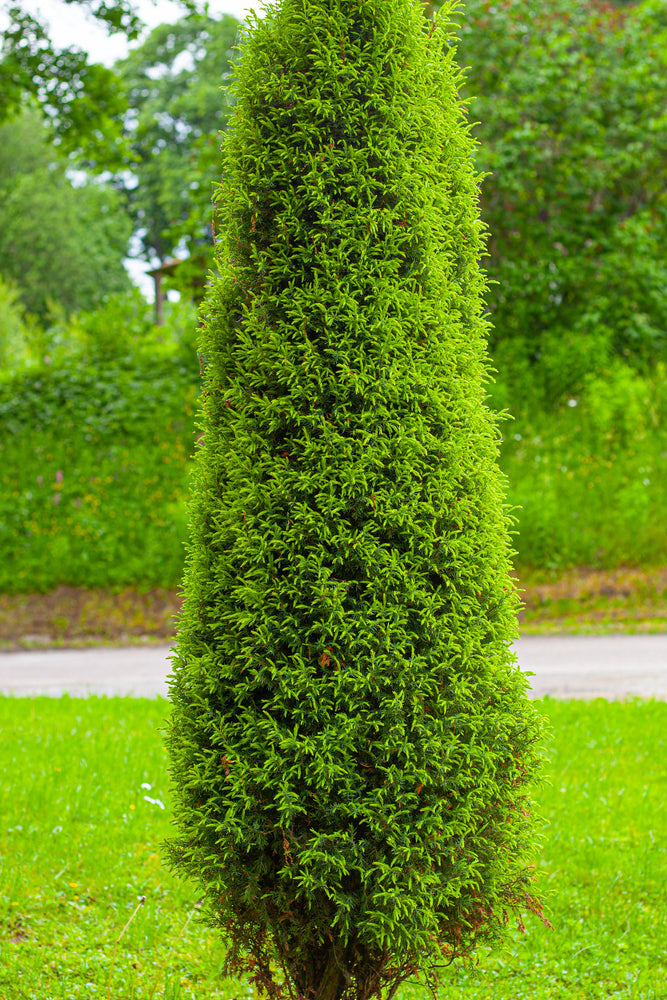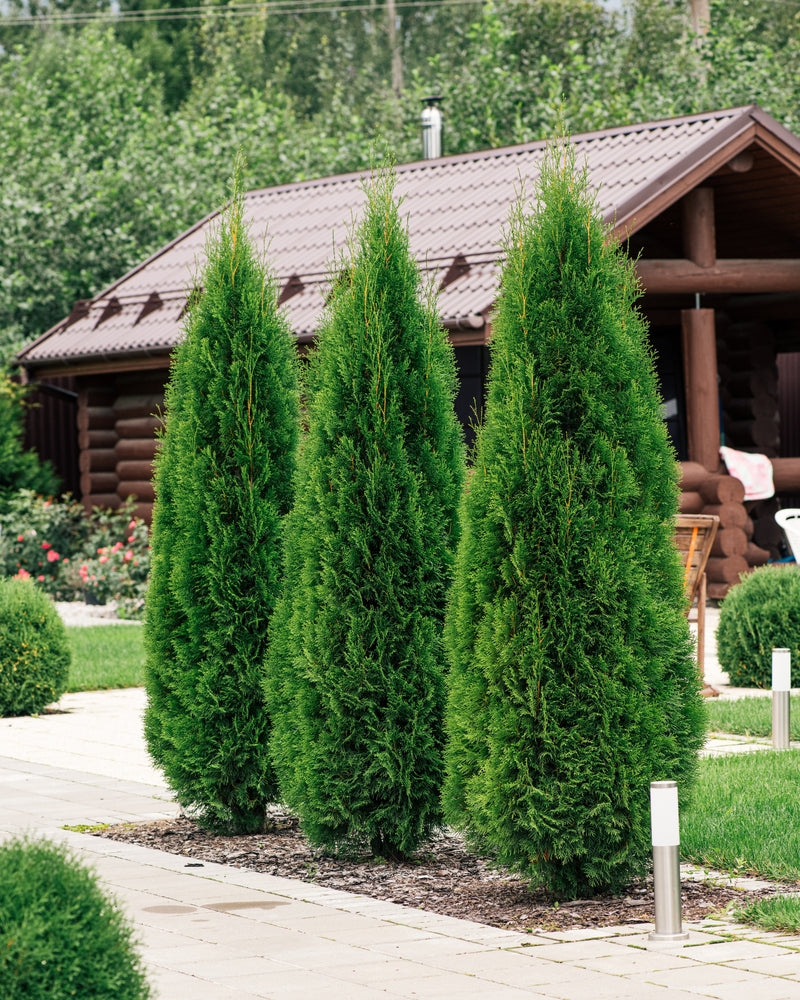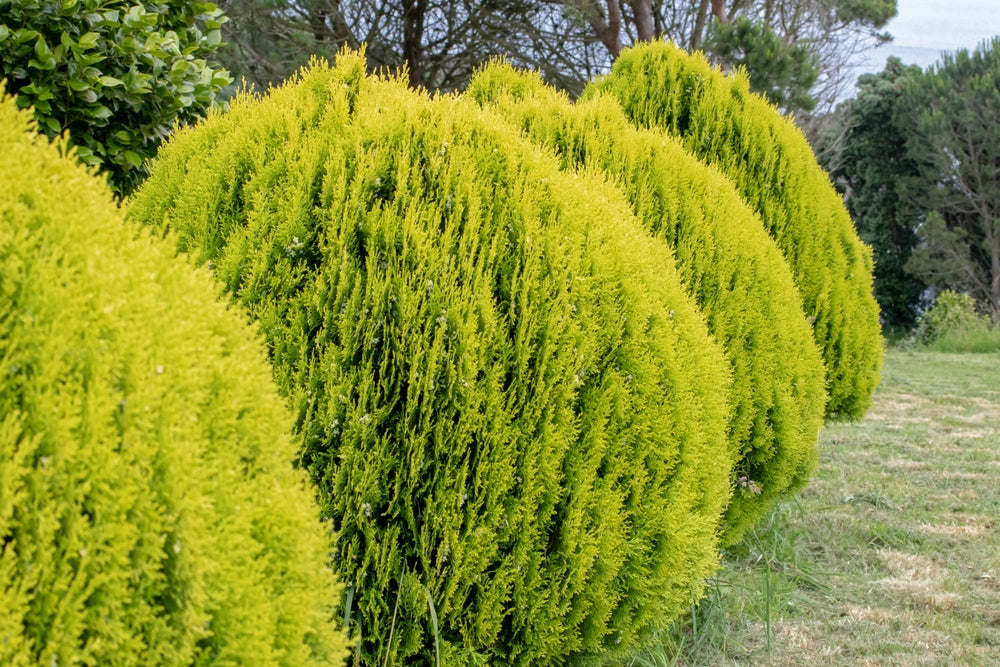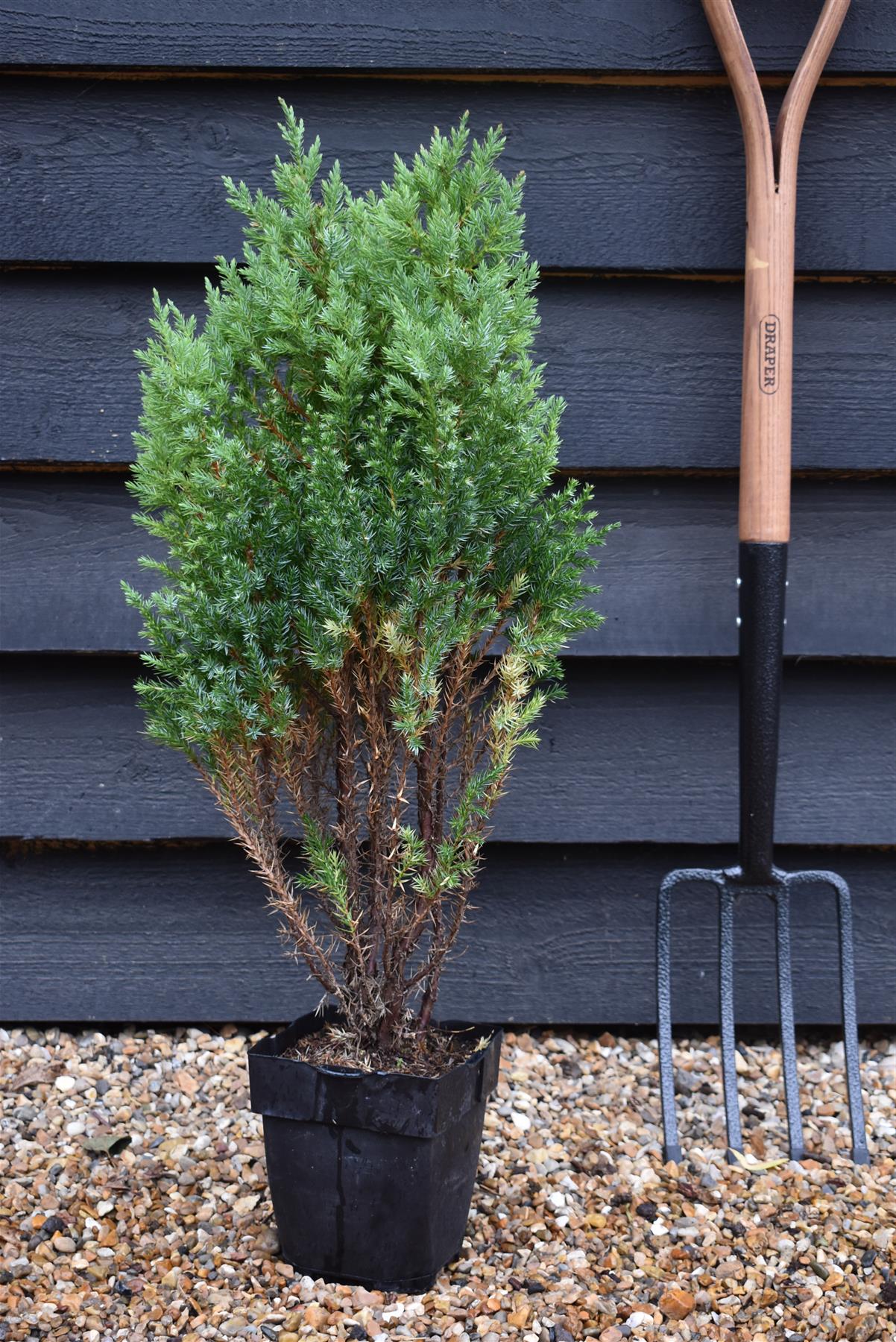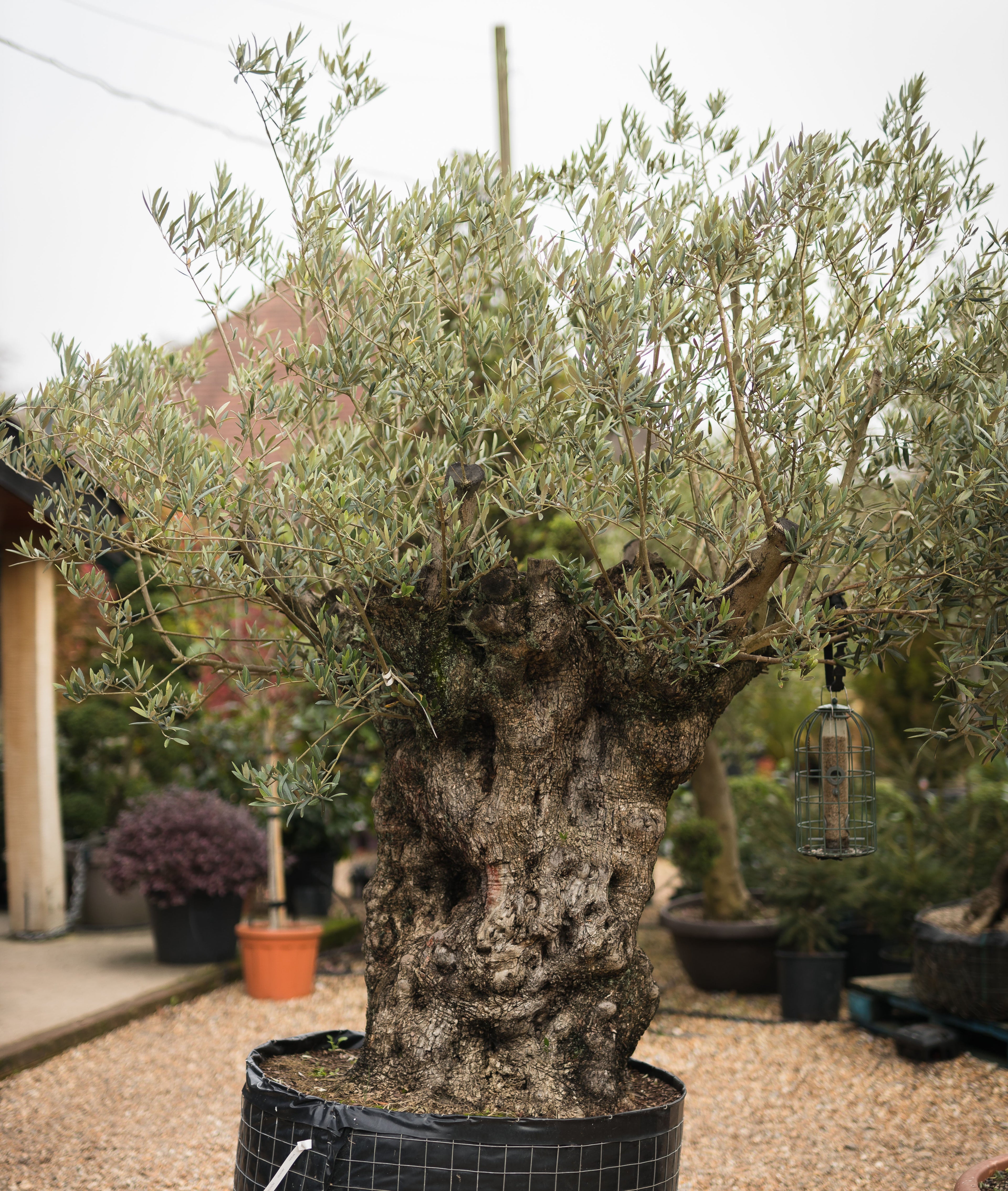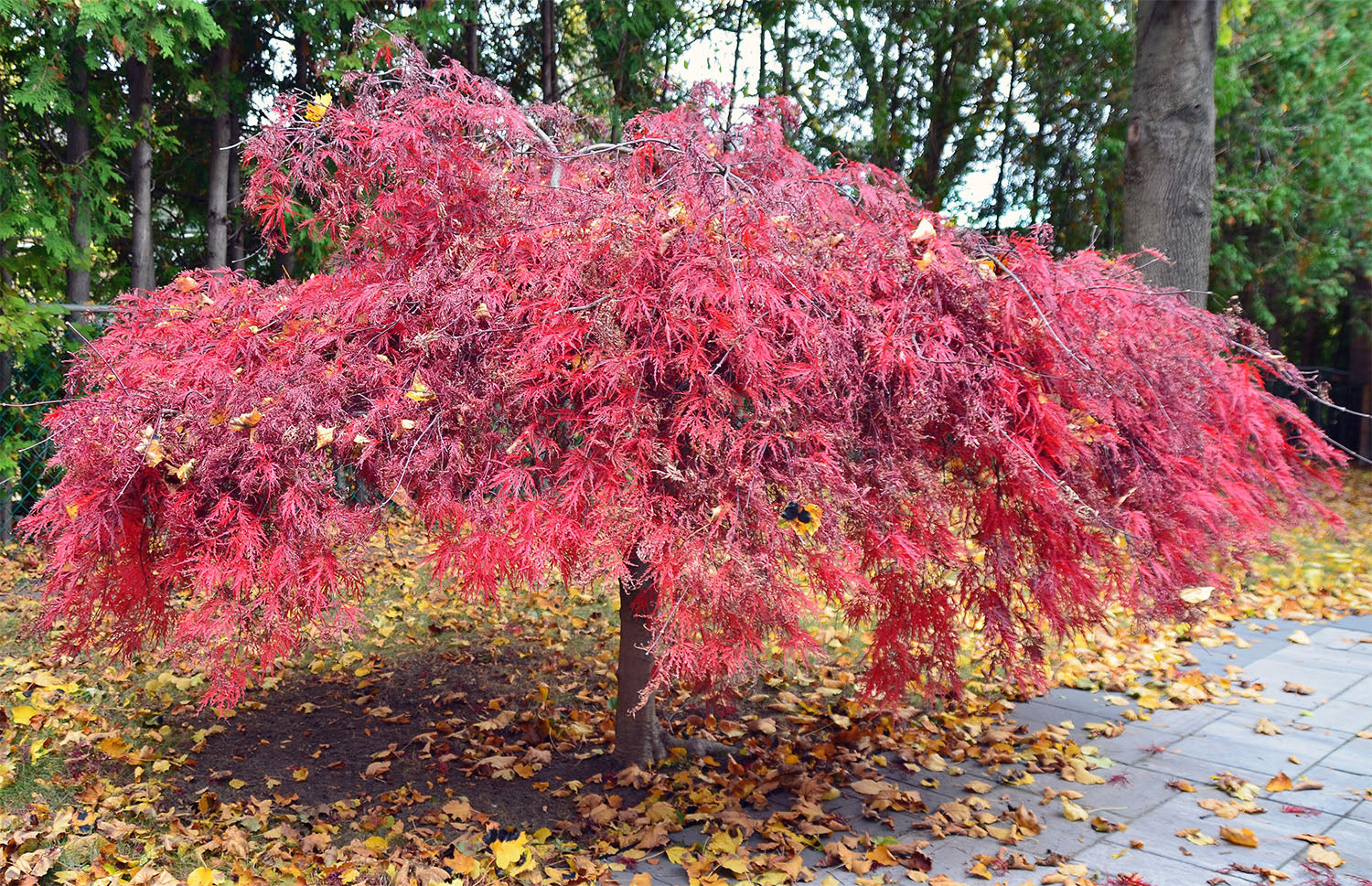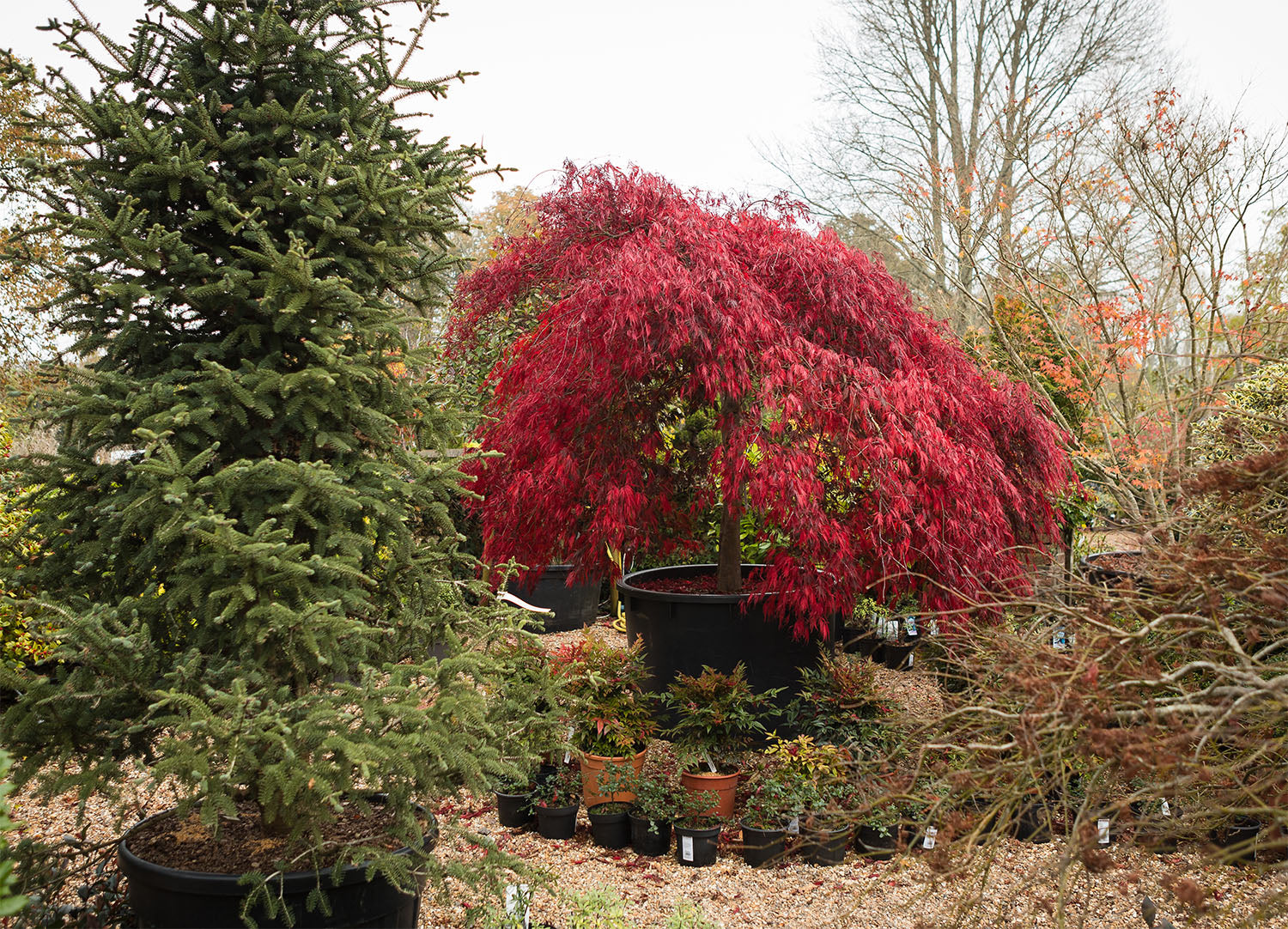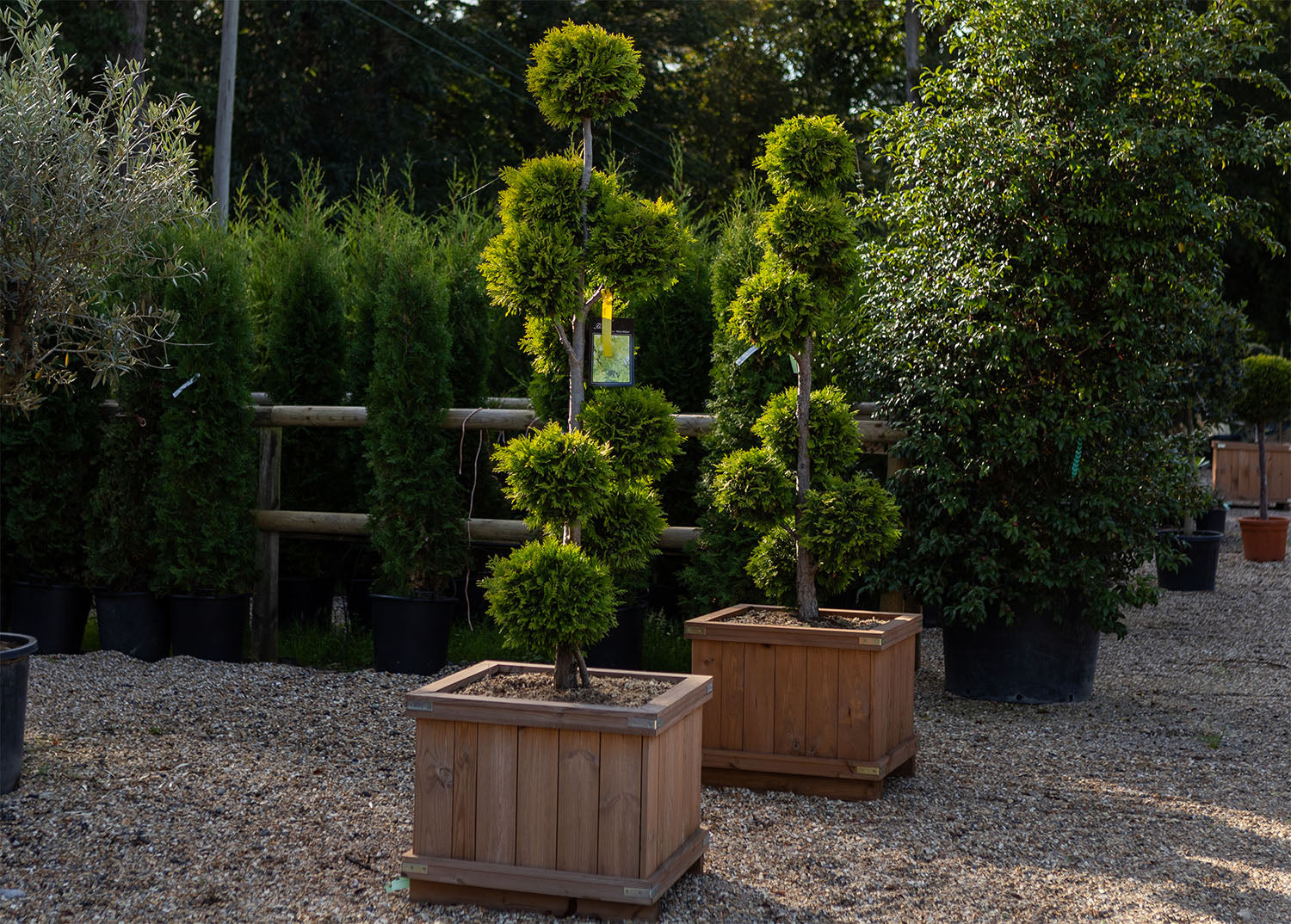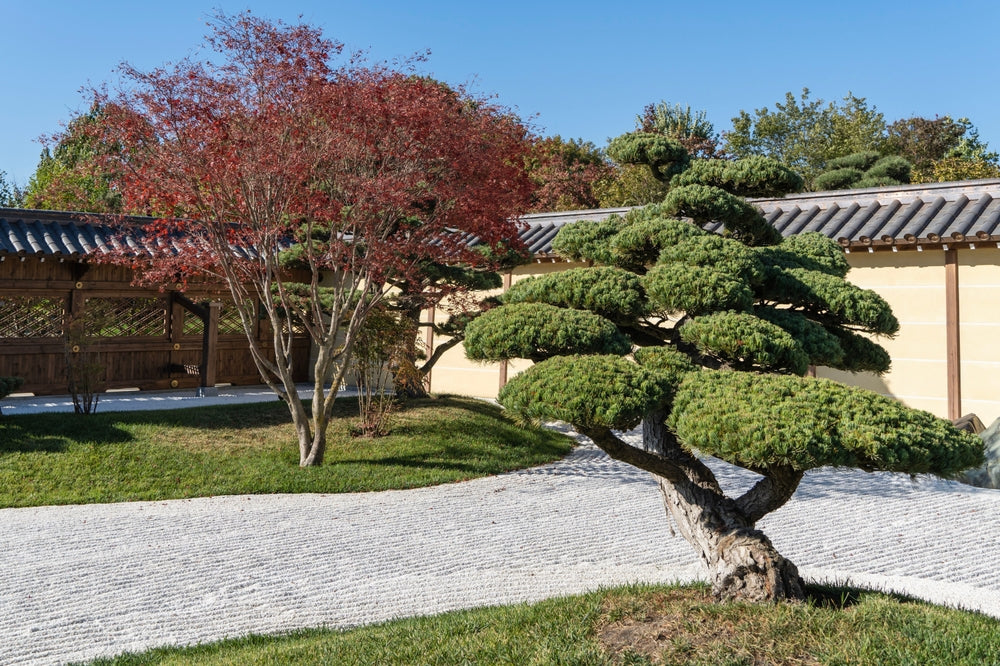knowhow
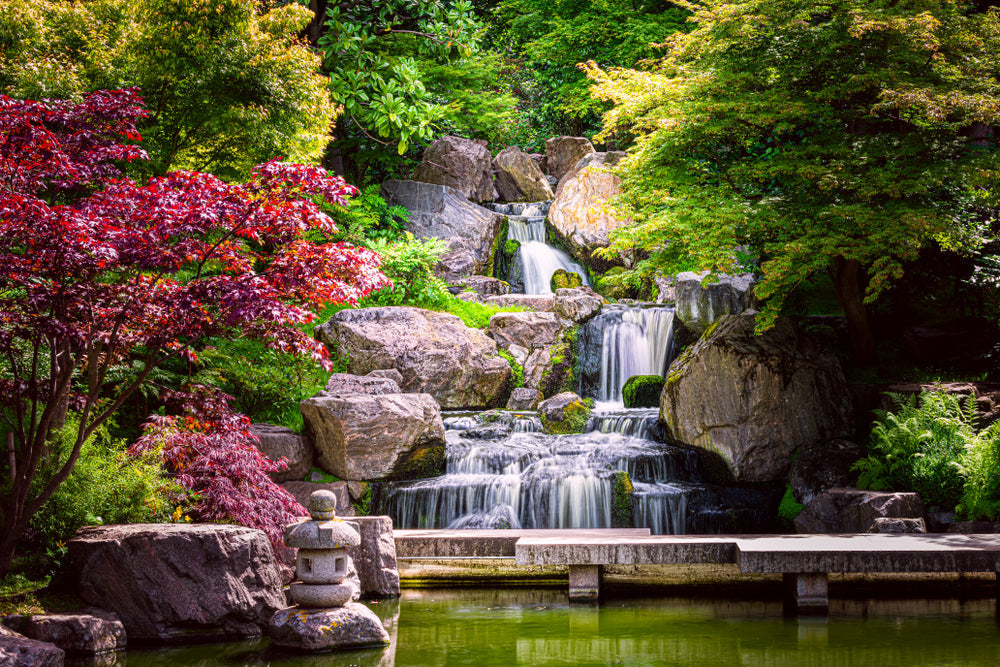
knowhow
How to Create a Japanese-Style Garden
by Arundel Arboretum on May 26, 2025
There is something truly special about Japanese gardens. It’s no wonder gardeners around the world are fascinated by their serene elegance and timeless beauty. We’re often asked if it’s possible to create a Japanese garden here in the UK - and the good news is, absolutely yes! With the right plants, a bit of planning, and understanding of the key design principles, you can craft your own peaceful sanctuary inspired by Japanese gardens.
To help you get started, we’ve put together this simple and practical guide, specially tailored for UK gardeners. For more personalized advice, come and visit us at Arundel Arboretum in Chichester, West Sussex. Our friendly team will help you choose from our wide selection of high-quality Japanese garden trees and shrubs and provide expert support to bring your Japanese-style garden to life.
The Philosophy Behind Japanese Gardens
Japanese gardens are relaxing, contemplative spaces that celebrate the soothing beauty of nature. They aren’t meant to impress or show-off, but to build harmony between people and the natural world. They’re designed to calm the mind, slow things down, and give you space to breathe and reflect.
Here are five key principles at the heart of Japanese garden philosophy:
Wabi-Sabi (Beauty in Imperfection)
Japanese gardens embrace the beauty of nature just as it is, including its imperfections. A gnarled tree trunk, twisted branches, moss-covered stones, or fallen leaves all reflect an appreciation for things that are humble, timeworn, and real. They celebrate the beauty that comes with age and passing of time.
Shakkei (Borrowed Scenery)
Shakkei is the art of borrowing scenery - blending the surrounding landscape into your garden design. It could be the sky, a neighbour’s tree, a stone wall, a fence, or hills in the distance. Instead of hiding these, Japanese gardeners frame them and, suddenly, what’s outside becomes a natural part of the garden. It inspires the feeling of unity and connection with the world beyond your own space.
Ma (Space and Stillness)
In Japanese design, what you leave empty is just as important as what you fill. This idea is known as Ma – the mindful use of empty space. Open, untouched areas create visual breathing room and give the eye and the mind a place to rest. These pauses bring a deep sense of peace and serenity to the garden.
Fukinsei (Asymmetry and Natural Flow)
Nature doesn’t grow in perfect lines and Japanese gardens honour that. Instead of symmetry, they embrace irregular shapes, uneven placement, and odd numbers. It’s all about creating natural rhythm that feels organic, balanced, and live.
Kanso (Symbolism and Simplicity)
Kanso is the beauty of simplicity - the idea that less can say more. In Japanese garden, every element has meaning. Water represents life, stones provide stability, bridges symbolize transition. That’s why features like small water basins, raked gravel, lanterns, and rocks aren’t just decoration - they are placed with purpose, even if everything looks effortless.
Key Elements of a Japanese Garden
Every element in a Japanese garden is carefully chosen - not just for how it looks, but for how it makes you feel. They are there to evoke emotions or tell a story. The goal isn’t to fill every corner, but to create a mood that introduces stillness, reflection and a deeper connection to nature.
Here are some of the most common elements you’ll find in Japanese gardens with a short explanation of their meaning and symbolism.
• Water – A symbol of life, renewal, and the ever-changing flow of time. It is added to Japanese gardens in the form of still ponds, streams, or stone basins.• Rocks & Stones – They represent strength and stability. Each stone is placed with intention and grounds the space, provides structure, and adds a sense of timelessness. Rocks and stones often mimic mountains, islands or shorelines.• Gravel & Sand – In dry landscapes, like Zen gardens, they symbolize water. They also invite meditation and invoke inner peace. Raking them becomes mindful, calming ritual.• Paths & Stepping Stones – Rarely straight; they curve and meander to slow you down and encourage mindfulness. They guide you gently through the garden revealing its beauty gradually.• Bridges – Bridges are symbols of transitions, physical and spiritual - from one phase of life to another or from the everyday world into a more spiritual, inner space. They are also places where you can stop and appreciate the view.• Lanterns – Symbols of wisdom and clarity. They’re carefully placed throughout the garden to cast gentle light on paths, water features, and focal points, adding a nice glow after dark. • Enclosures – Fences, walls, and hedges evoke a feeling of seclusion and intimacy, turning the garden into a private world of quiet reflection. They also frame distant views bringing the outside landscape into the garden’s design. • Trees & Shrubs – Chosen for their shape, colour, texture, and seasonal changes, plants play a central role in setting the mood of the garden. Each plant is planted with the goal to add harmony, create balance, or reflect the rhythms of nature.
Plants for Traditional Japanese Gardens UK
Choosing the right plants is the key to achieving the authentic look and feel of your Japanese garden. Many traditional species can adapt very well to the UK climate. Here are some trees and shrubs that we recommend and are all available in Arundel Arboretum:
Best Japanese Garden Trees for UK Climate
Acer Palmatum (Japanese Maple)
• Main Features: Delicate leaves and stunning seasonal colour changes One of the most iconic trees in Japanese garden. • What It Needs: Partial shade, sheltered from wind, well-drained, slightly acidic soil.• Best for: Providing elegance and fiery autumn colours to shaded garden areas. Excellent as a focal point. • Gardener’s Advice: Avoid planting in places with full sun to avoid the leaves scorching.
Pinus parviflora “Negishi” (Japanese White Pine)
• Main Features: Elegant and slow-growing, with dense, compact form, and soft, slivery-blue needles.• What It Needs: Full sun, free-draining soil, neutral to slightly acidic, shelter from hard winter winds.• Best for: Beautiful when contrasted against darker evergreens, mossy ground, or gravels.• Gardener’s Advice: Avoid waterlogged soil. Prune lightly to maintain shape.
Pinus parviflora “Ara Kava” (Japanese White Pine “Ara Kava”)
• Main Features: Rough, twisted bark, ancient looking even when the tree is young. Soft, blue-green needles add nice texture.• What It Needs: Full sun, free-draining, slightly acidic soil, and sheltered location.• Best for: Great against raked gravel, near stone lanterns, or dry garden features.• Gardener’s Advice: Give it space to develop in its natural form.
Prunus serrulata (Japanese Cherry)
• Main Features: Breath-taking spring blossoms, white to deep pink.• What It Needs: Full sun and moist, but well-drained soil.• Best for: Beautiful as a centrepiece tree or planted along paths.• Gardener’s Advice: Best to choose cultivars like “Kazan” or “Shirotae”.
Though native to Japan, the following trees are not traditional choice for Japanese-style gardens, but present a good stylistic match, especially for smaller spaces.
Cornus kousa (Kousa Dogwood)
• Main Features: Unique shape, star-like bracts in early spring, and red-purple foliage in autumn.• What It Needs: Full sun to part shade, neutral to acidic, well-drained soil. Avoid chalky and dry soils.• Best for: Adding elegance and structure to shadier spots. Great for borders or as an understory tree. • Gardener’s Advice: It may take time to establish. Excellent with acers and ferns.
Magnolia stellata (Star Magnolia)
• Main Features: Pure white, star-shaped flowers in early spring.• What It Needs: Full sun to part shade, moist, but well-drained, neutral to acidic. Avoid exposed, windy sites.• Best for: Ideal near paths or ponds. Adds spring interest and soft structure to the garden.• Gardener’s Advice: Protect from late frosts which can damage the flower buds.
Best Japanese Garden Shrubs for UK Gardens
Camellia japonica
• Main Features: Glossy evergreen foliage and rose-like blossoms from late winter to spring.• What It Needs: Acidic, moist but well-drained soil, partial shade and protection from cold winds and morning sun.• Best for: Adding year-round structure and early colour to shaded Japanese gardens.• Gardener’s Advice: Avoid chalky or alkaline soils. Use rainwater to maintain the soil’s natural acidity.
Azaleas (Rhododendron spp., especiall R. kaempferi and R. obtusum)
• Main Features: Compact shrubs with neat and tidy forms and vibrant blooms in spring.• What It Needs: Acidic, moist, but well-drained soil and partial shade.• Best for: Planting under trees or as low borders.• Gardener’s Advice: Avoid direct sun and mulch to maintain soil health.
Bamboo (Phyllostachys or Fargesia spp.)
• Main Features: Elegant vertical stems and shimmering leaves that add movement, sound, and height to the garden.• What It Needs: Moist, well-drained soil and full sun to partial shade.• Best for: Screening, backdrop planting, or adding texture and rhythm to Zen gardens.• Gardener’s Advice: Phyllostachys needs root barriers to prevent excessive spread. Prune old canes to maintain tidy growth.
Heavenly Bamboo (Nandina domestica)
• Main Features: Airy, colourful foliage that changes with seasons.• What It Needs: Full sun to partial shade, well-drained soil. • Best for: Borders and soft vertical accents in Japanese-style beds. Combine with darker evergreens.• Gardener’s Advice: Not a true bamboo. Lightly prune to shape in early spring.
Sweet Box (Sarcococca)
• Main Features: Evergreen glossy leaves and fragrant white flowers in winter.• What It Needs: Shade to part shade, moist, well-drained soil, sheltered positions. Low-maintenance and tough.• Best for: Shaded corners, entryways, and paths. Great for under-planting or as a companion to acers, camellias, and ferns.• Gardener’s Advice: Cut back lightly after flowering.
Skimmia japonica
• Main Features: Evergreen foliage, fragrant spring flowers, bright red berries. • What It Needs: Part to full shade, neutral to acidic soil.• Best for: Shady areas, containers. Great as a companion to acers, camellias, and ferns.• Gardener’s Advice: Choose self-fertile varieties for berries. Avoid waterlogging.
The Importance of Garden Position and Orientation
Before you begin designing your Japanese garden, it is very important to understand the orientation and position of your space. Sunlight, shade, and wind all have a big impact on the type of garden you can make and the plants you can plant.
South-Facing Gardens
South-facing gardens are sunny most of the day and tend to be warmer and dryer than other spots. They’re perfect for rock features, gravel areas, and sun-loving plants. Provide dappled shade for more sensitive plants with tall shrubs or bamboo. South-facing areas are ideal for open and airy designs.
East-Facing Gardens
These gardens receive gentle morning sun and cooler afternoons. They offer a balance of light and moisture ideal for plants that can’t tolerate hot afternoon sun, like Japanese maples. East-facing spaces are ideal for creating soothing, misty atmosphere, often enhanced with stepping stones, water features, and shade-loving ground covers.
West-Facing Gardens
West-facing gardens can be quite warm but not as intense as south-facing gardens. They’re ideal for plants that need several hours of direct sun but can’t handle too much heat, like rhododendrons and camellias. This orientation is great for strolling gardens where you can wander along curved paths and enjoy the golden afternoon light filtering through layered planting.
North-Facing Gardens
Cool and shaded for the most of the day, these gardens are perfect for moisture-loving and shade-tolerant plants, like moss, ferns, and some evergreens. North-facing areas are ideal for creating quiet, contemplative corners. Reflective elements like white gravel, pale stones, or water can brighten very shady spots and add contrast.
Care and Maintenance Tips
A Japanese-style garden may look effortless but needs a lot of thoughtful care. Here are some maintenance tips to help you keep your garden healthy and beautiful:
• Choose the right plants for the right spot. Make sure sun-loving plants like cherries get full sunlight and camellias and maples partial shade.• Keep the soil constantly moist and well-drained. Mulch with bark or pine needles.• Feed acid-loving plants, like camellias, azaleas and maples, in early spring.• Use rainwater where possible to maintain ideal soil pH for sensitive plants.• Remove dead, crossing, and congested branches in trees but avoid over-pruning. In Japanese gardens the goal is to guide nature not to control it.• Trim evergreen shrubs to encourage healthy growth.• Regularly remove fallen leaves from gravel areas and water features to keep them clean. • Top up gravel and stones as needed to keep it good-looking and tidy.
By following these simple routines, you’ll maintain the beauty of your Japanese garden. Thoughtful maintenance is just as important as the design itself.
Conclusion
Creating a Japanese-style garden is deeply rewarding. With a little knowledge and patience, you too can transform your outdoor space into a beautiful Japanese garden. Whether you’re just starting or want to refine your existing garden, we’re here to help. At Arundel Arboretum you can buy Japanese trees, shrubs, and garden plants perfectly suited for the UK climate. Visit us at Chichester, in West Sussex or explore our online store and find everything you need to grow your perfect Japanese garden.


